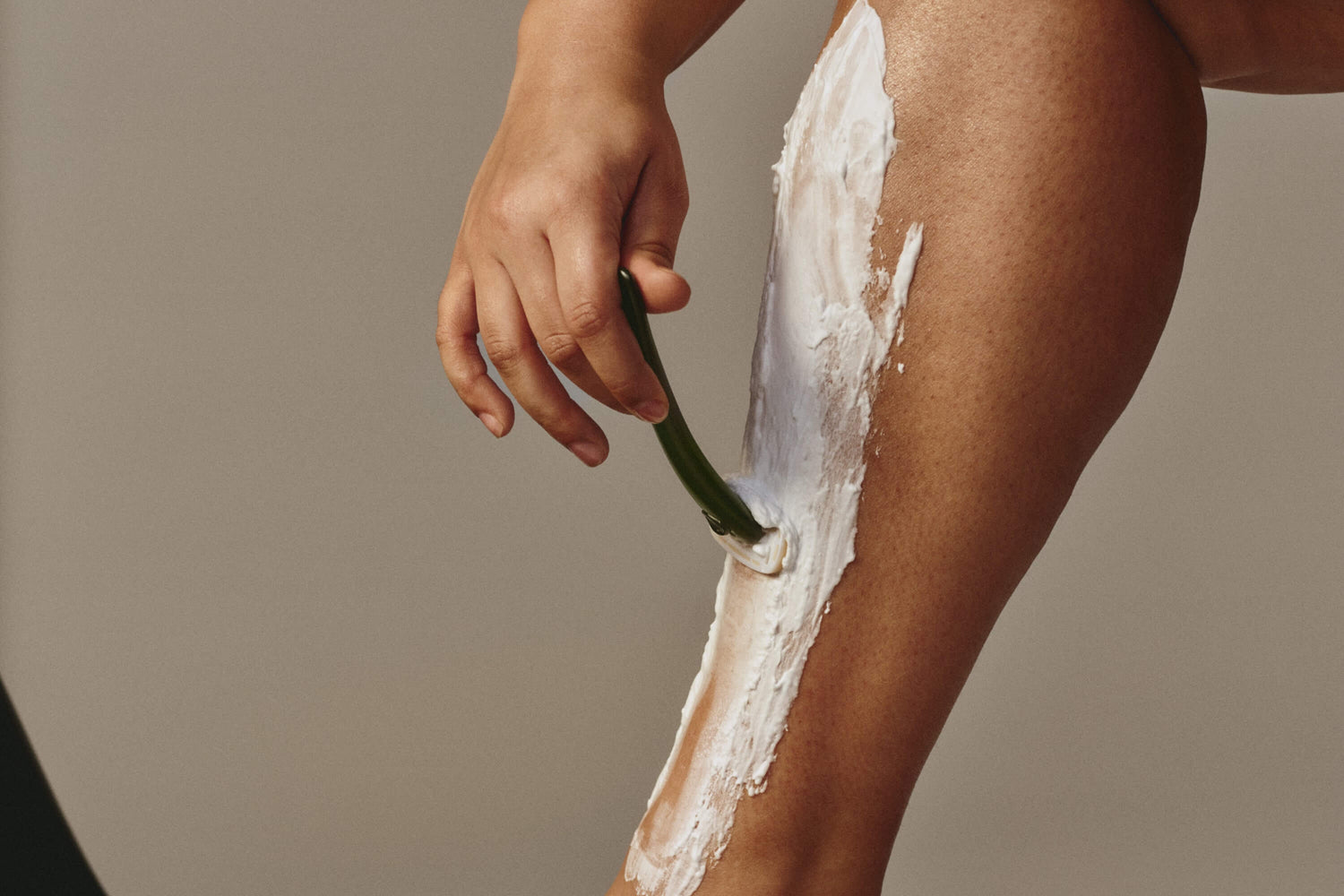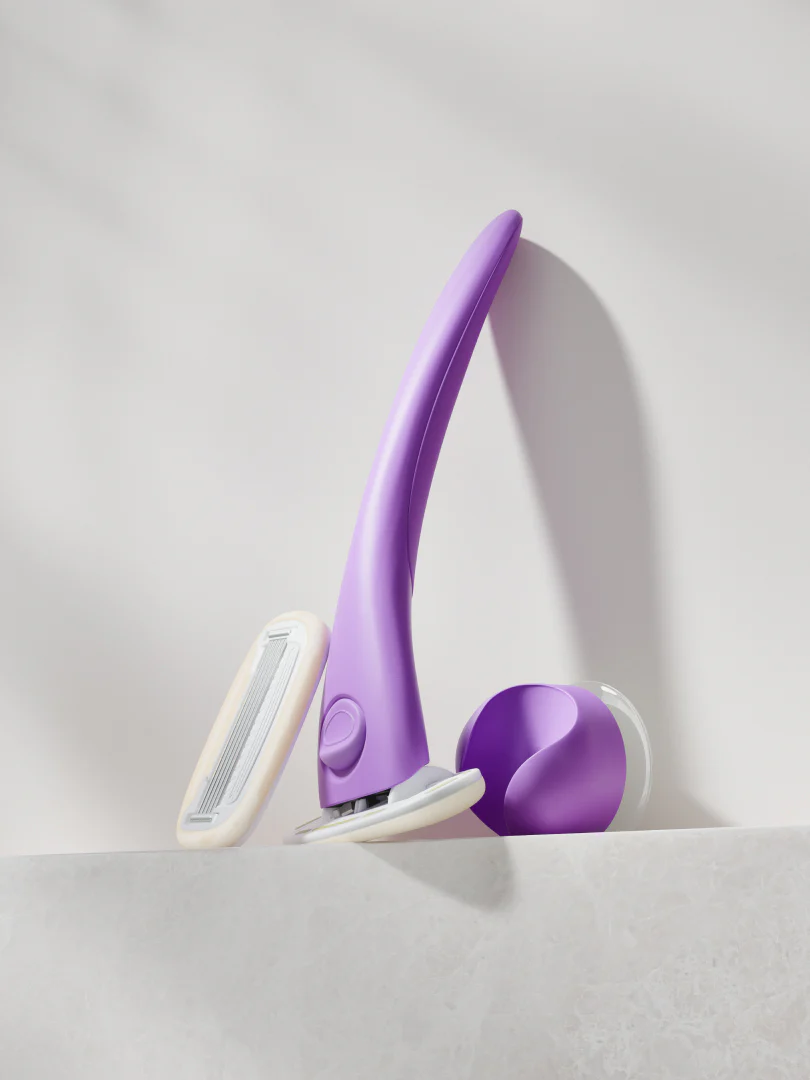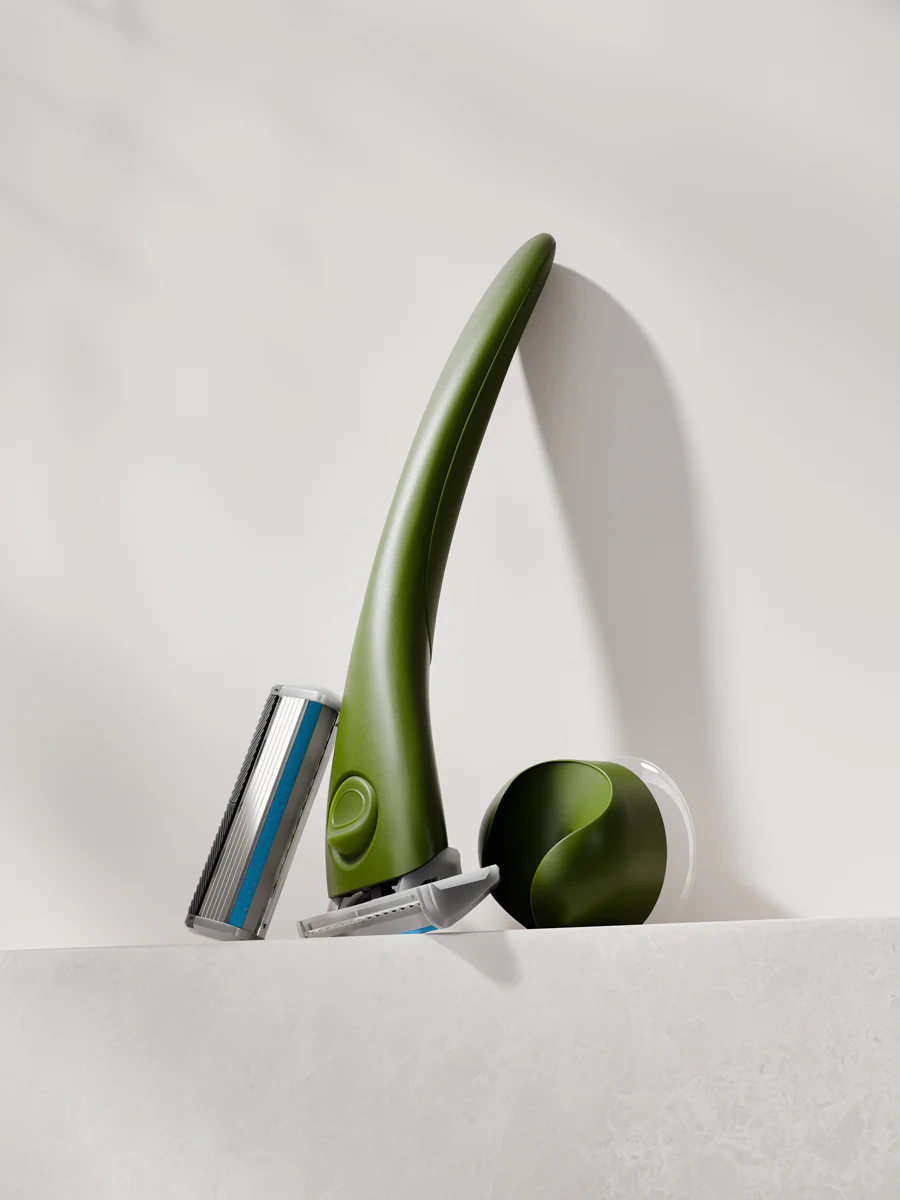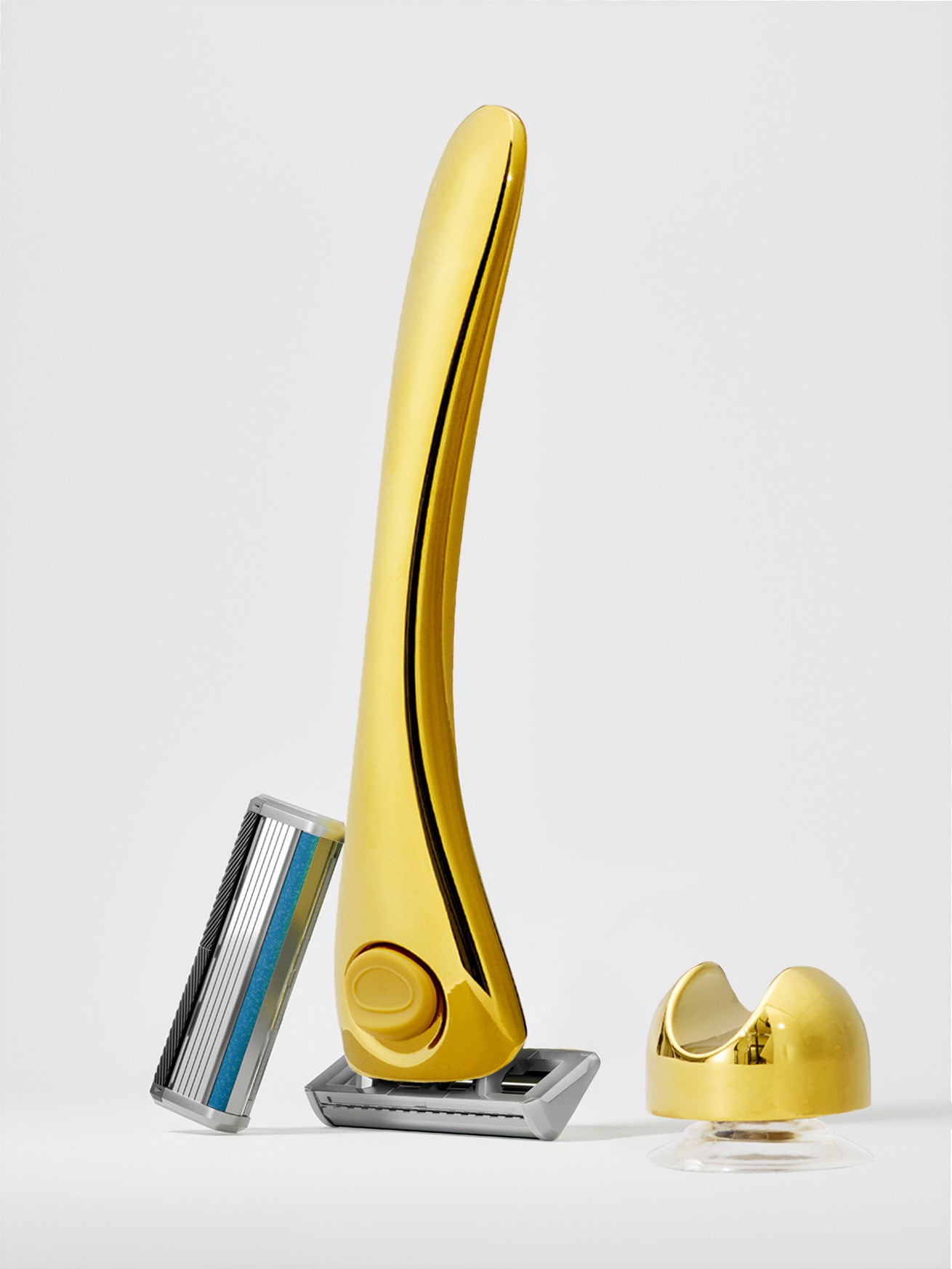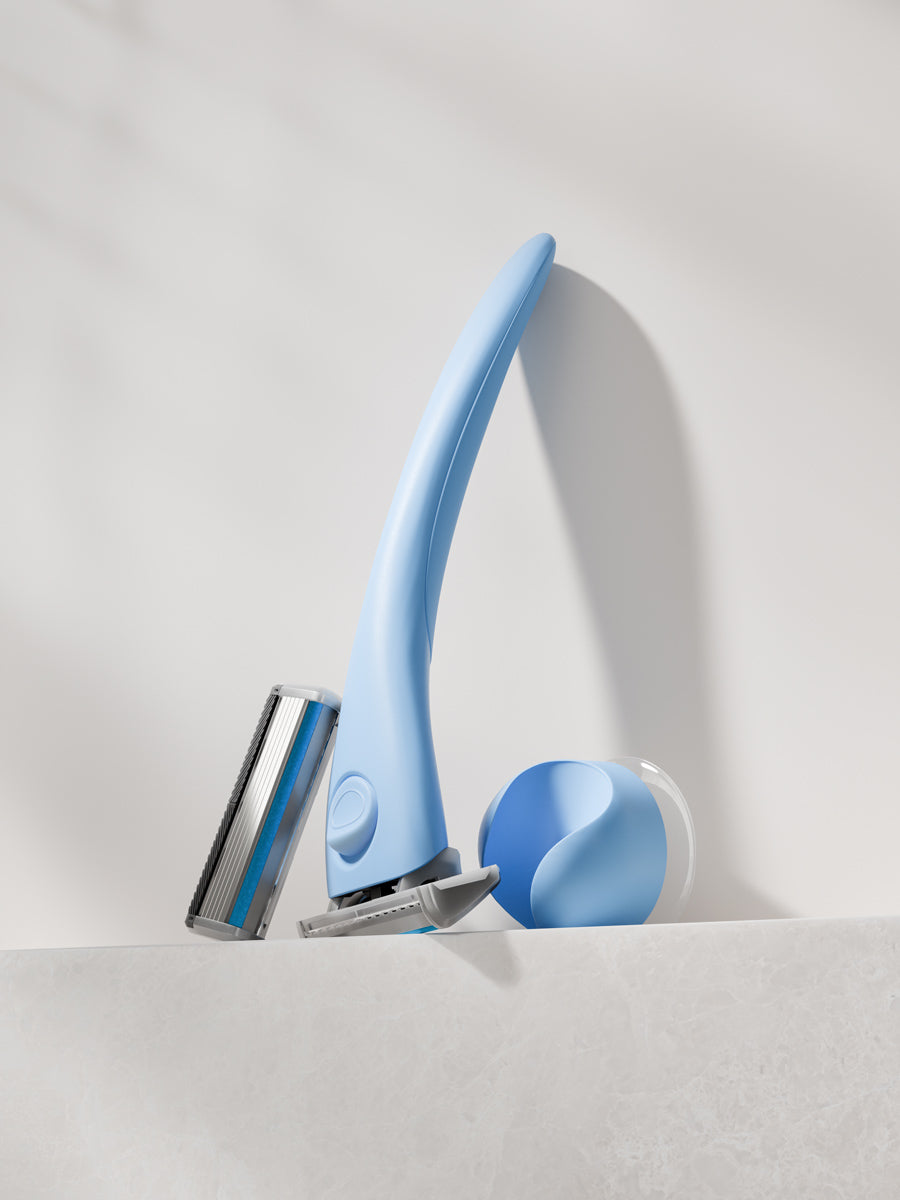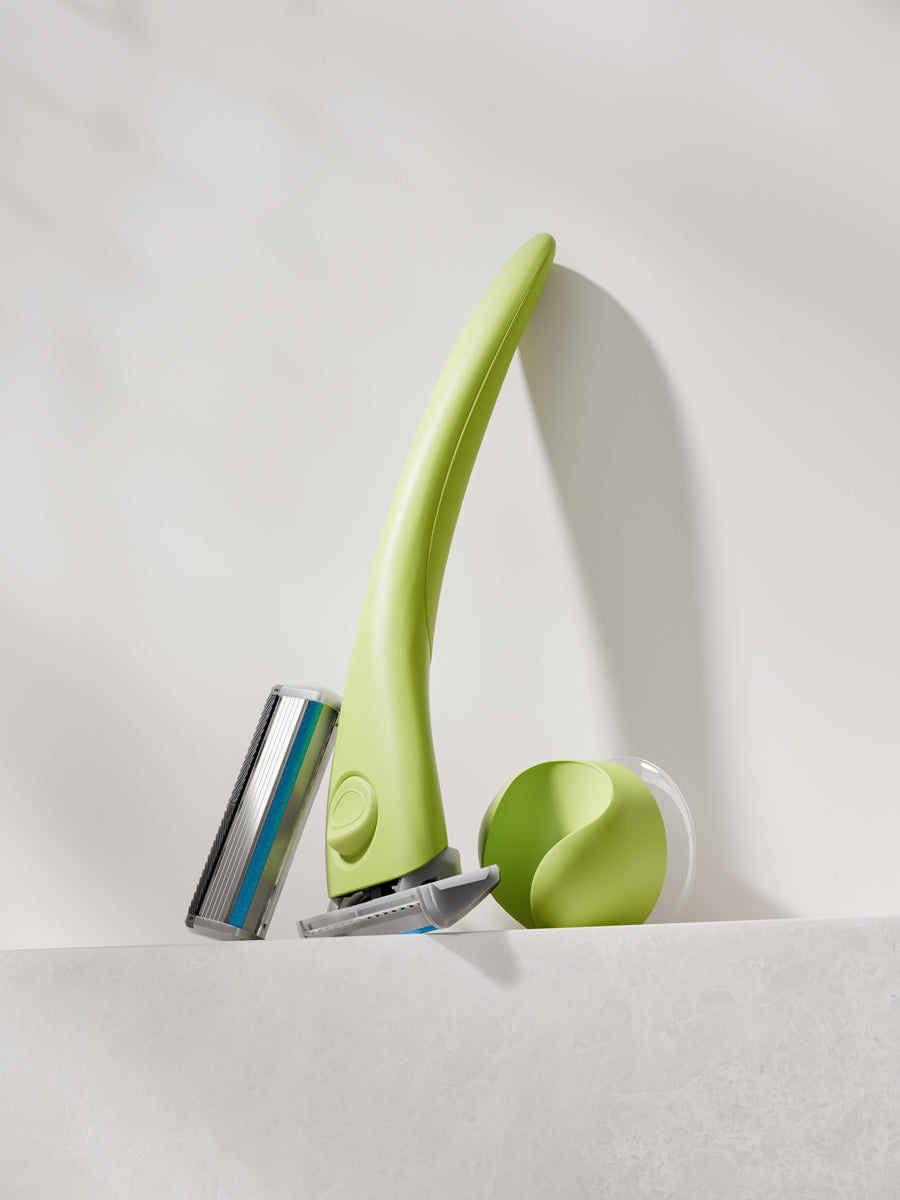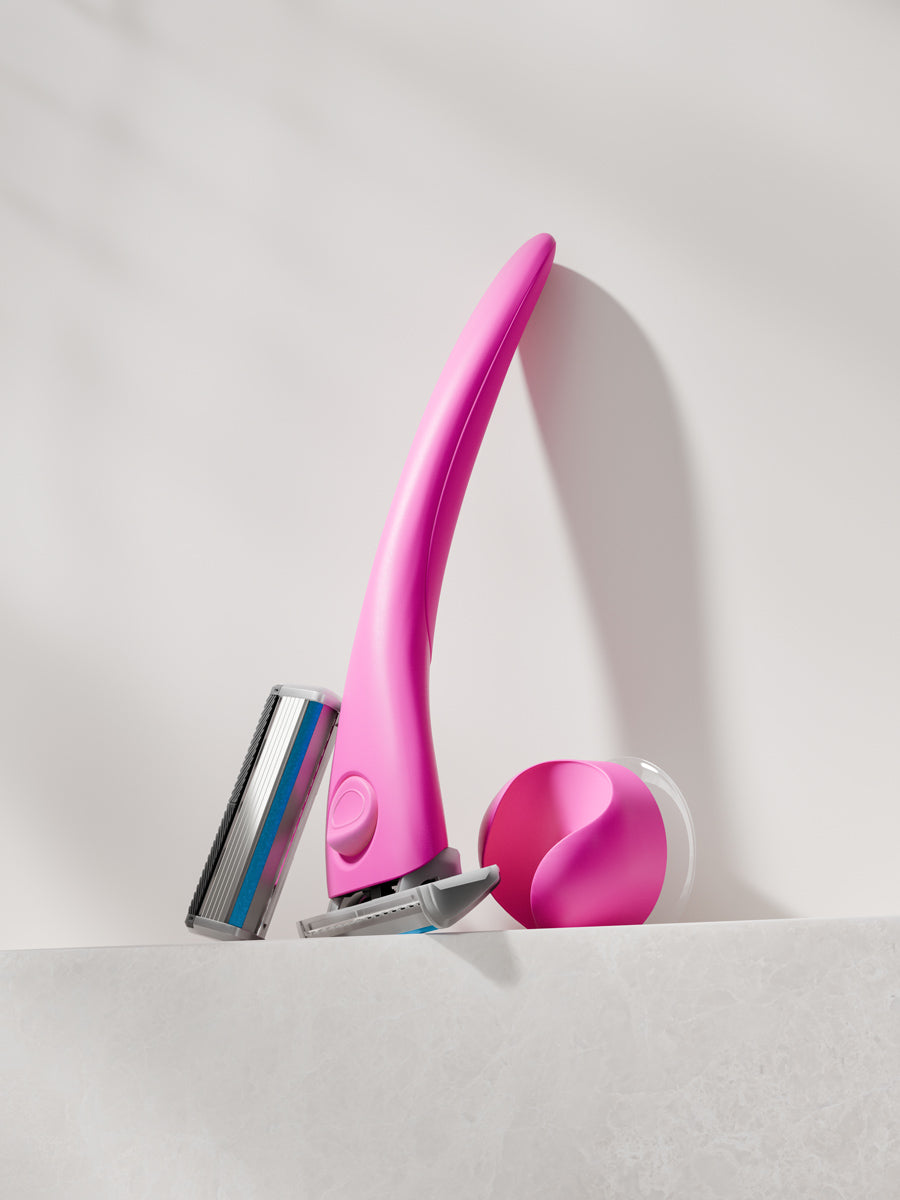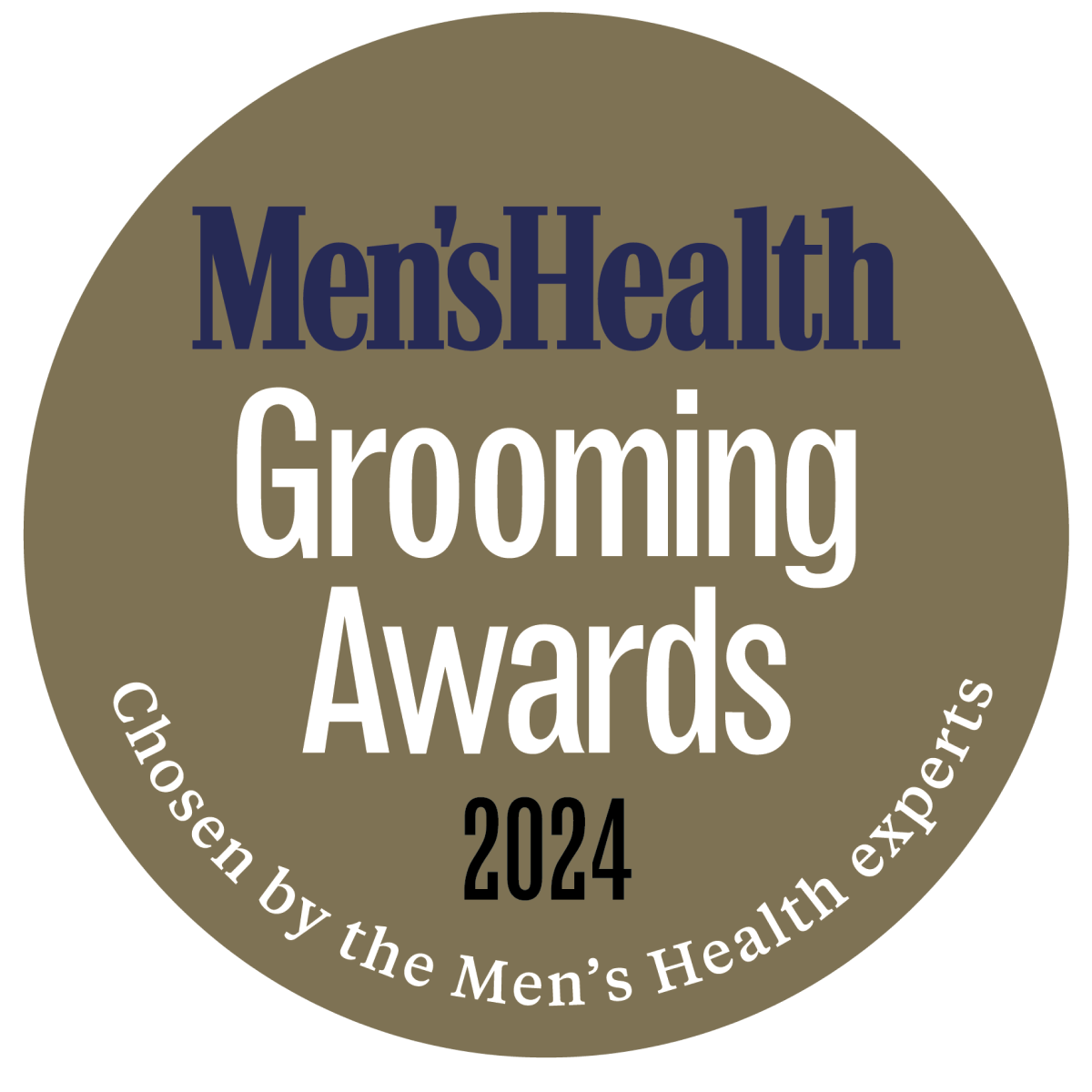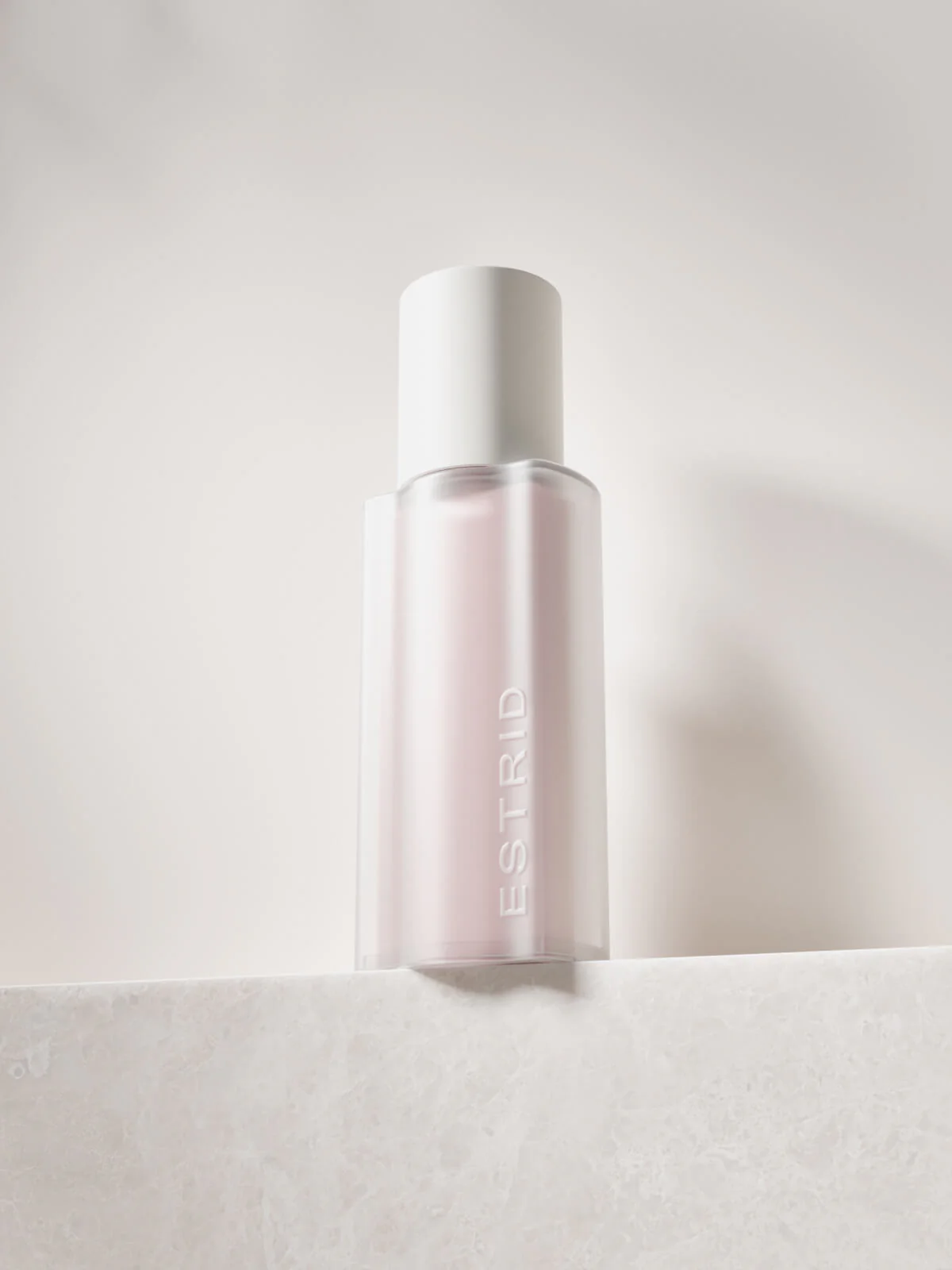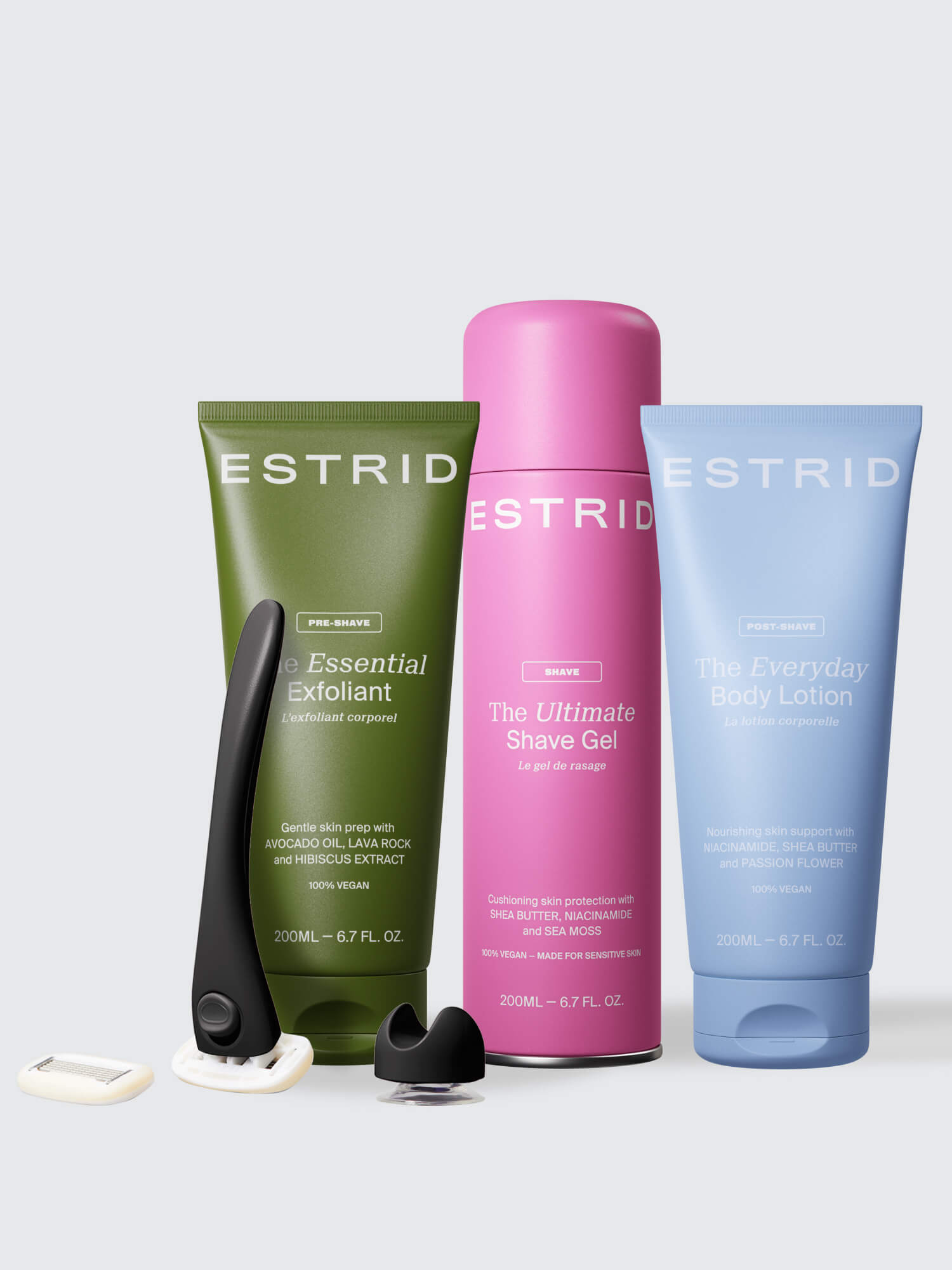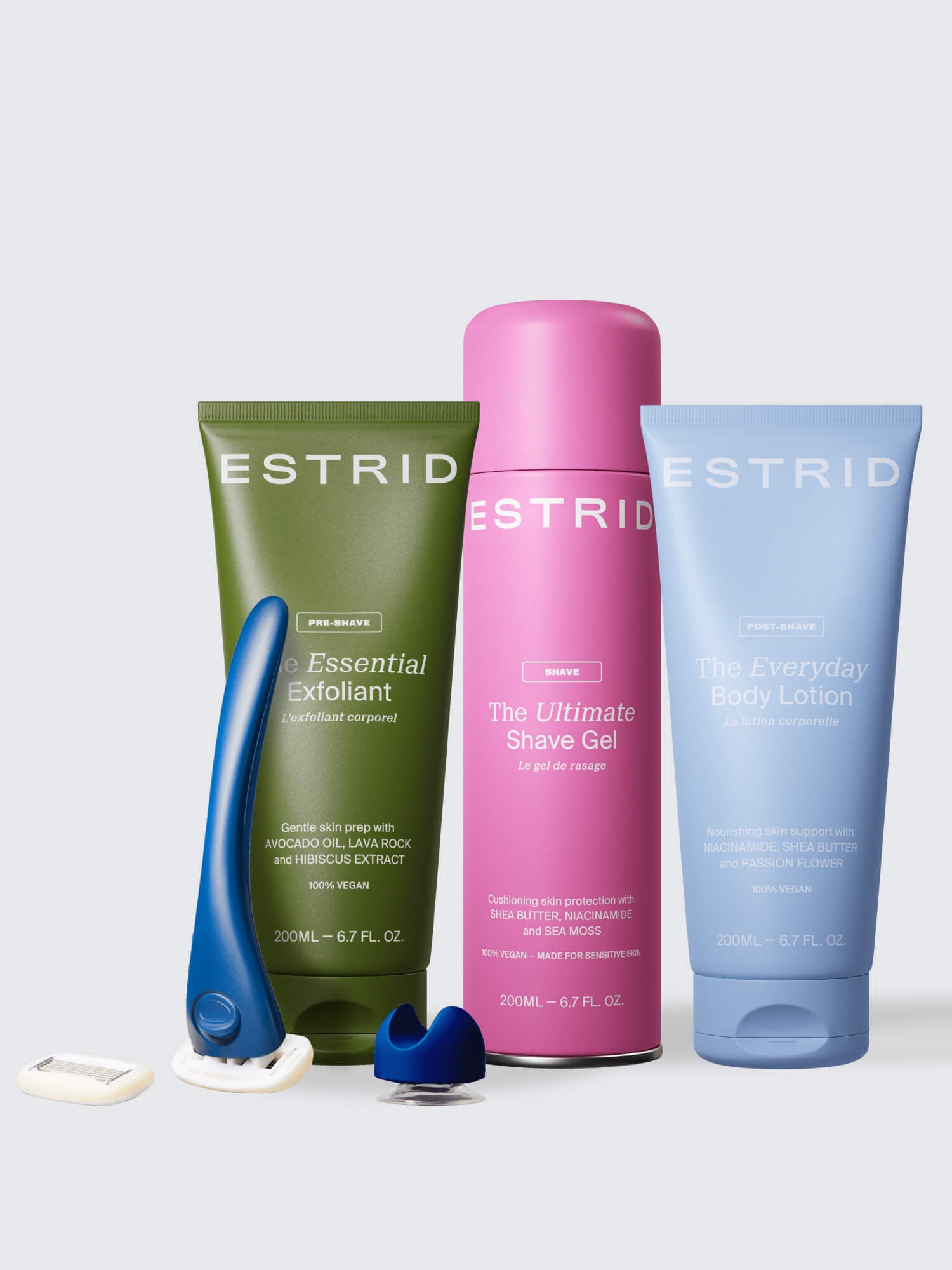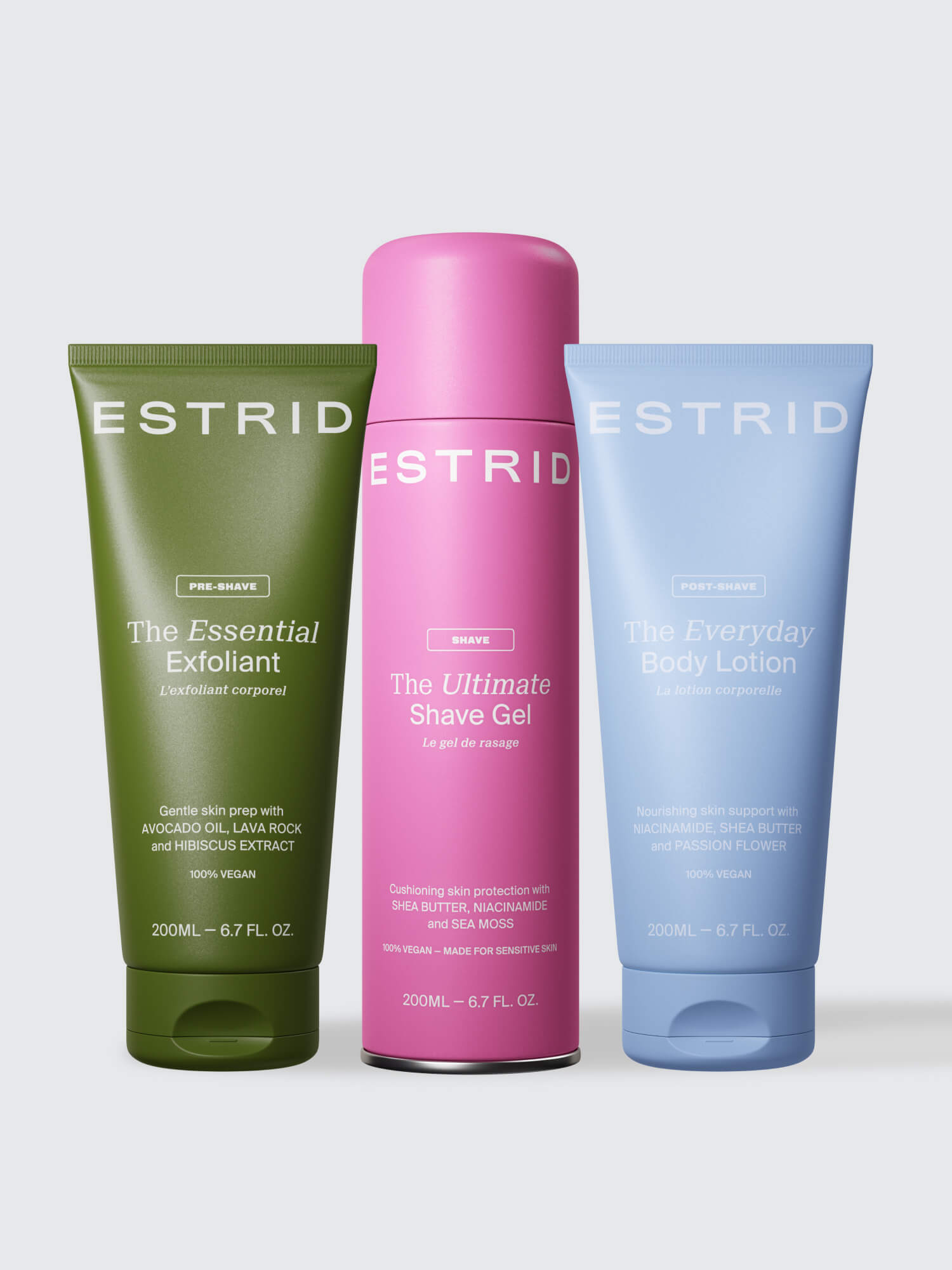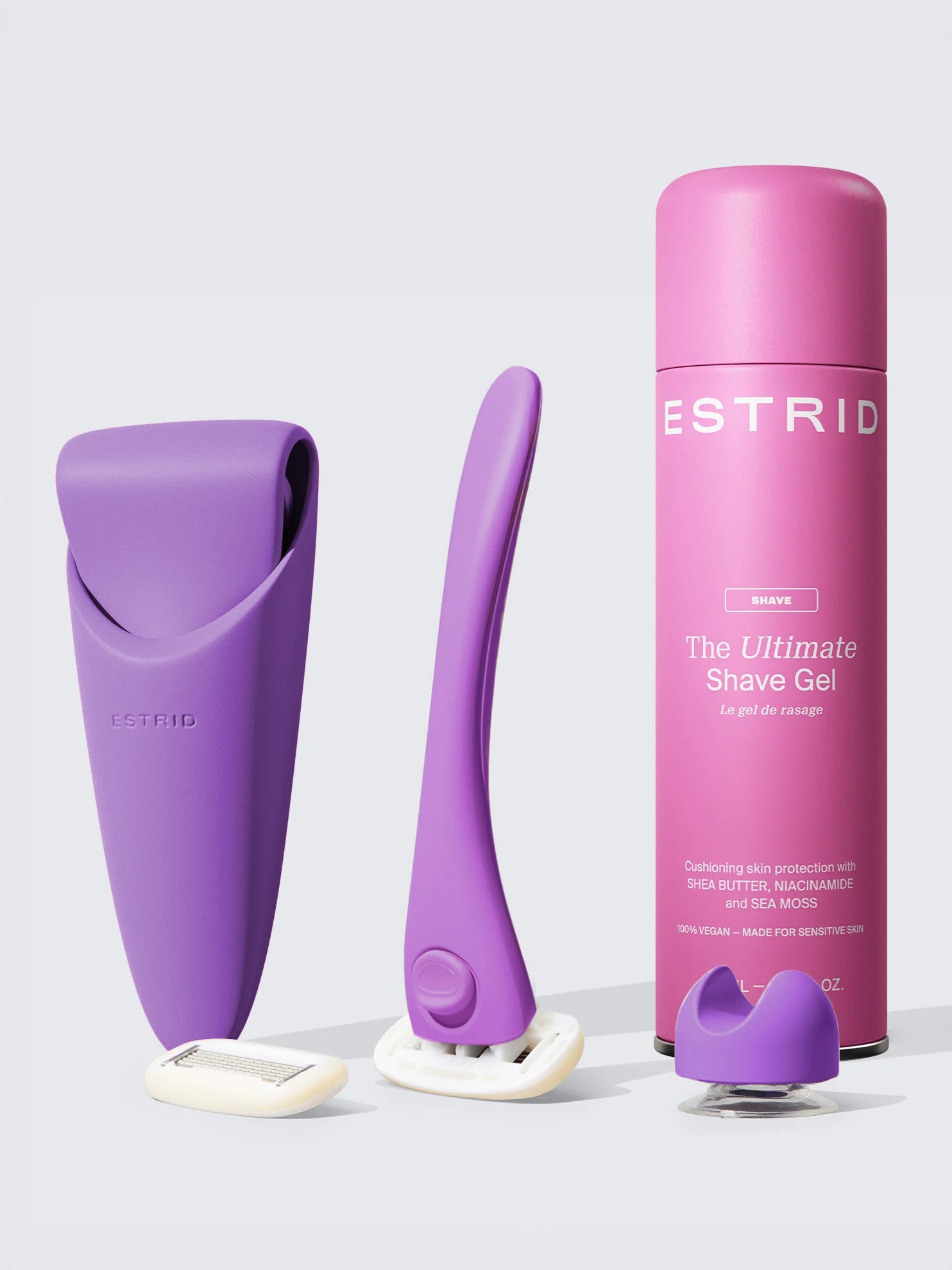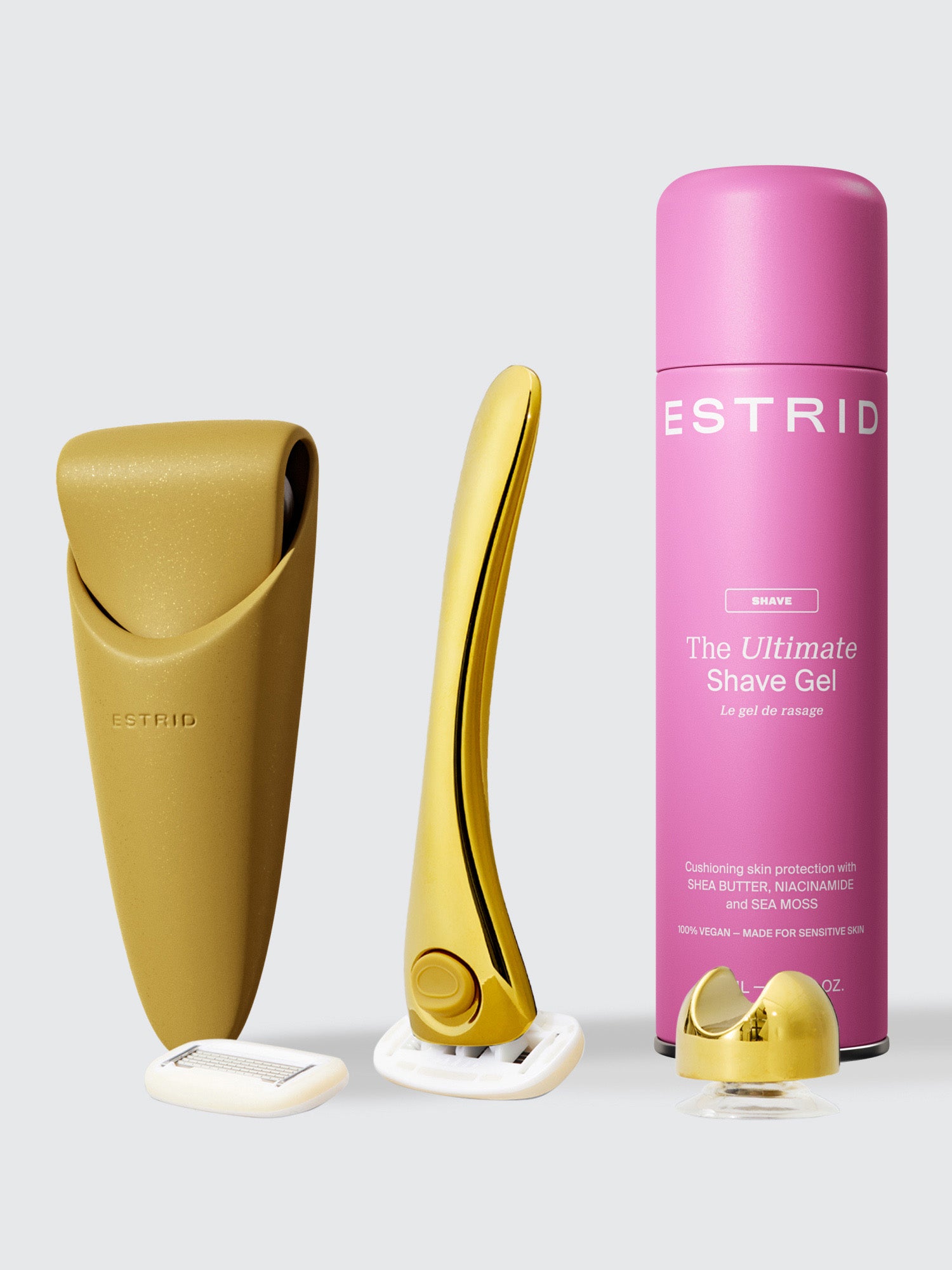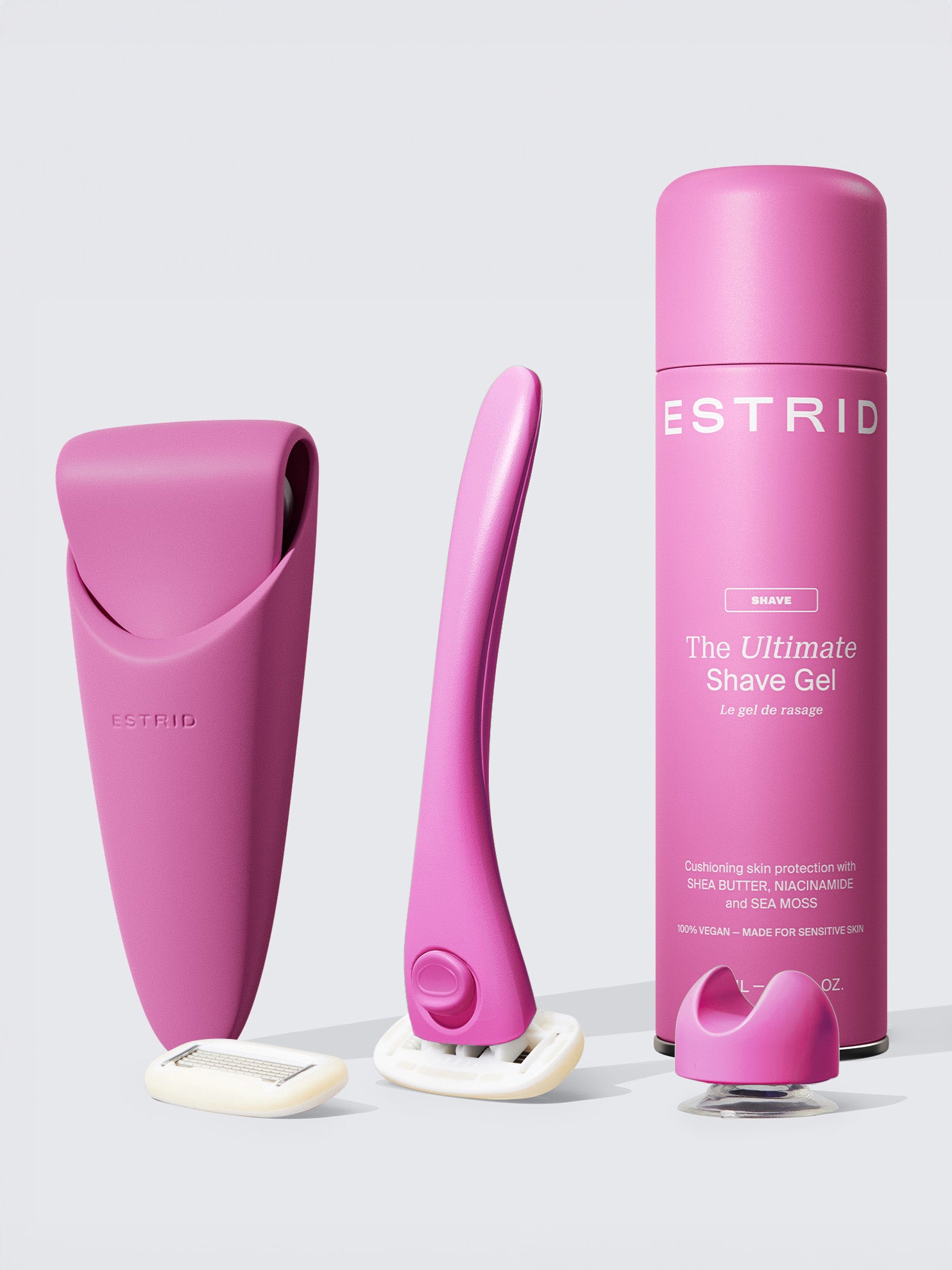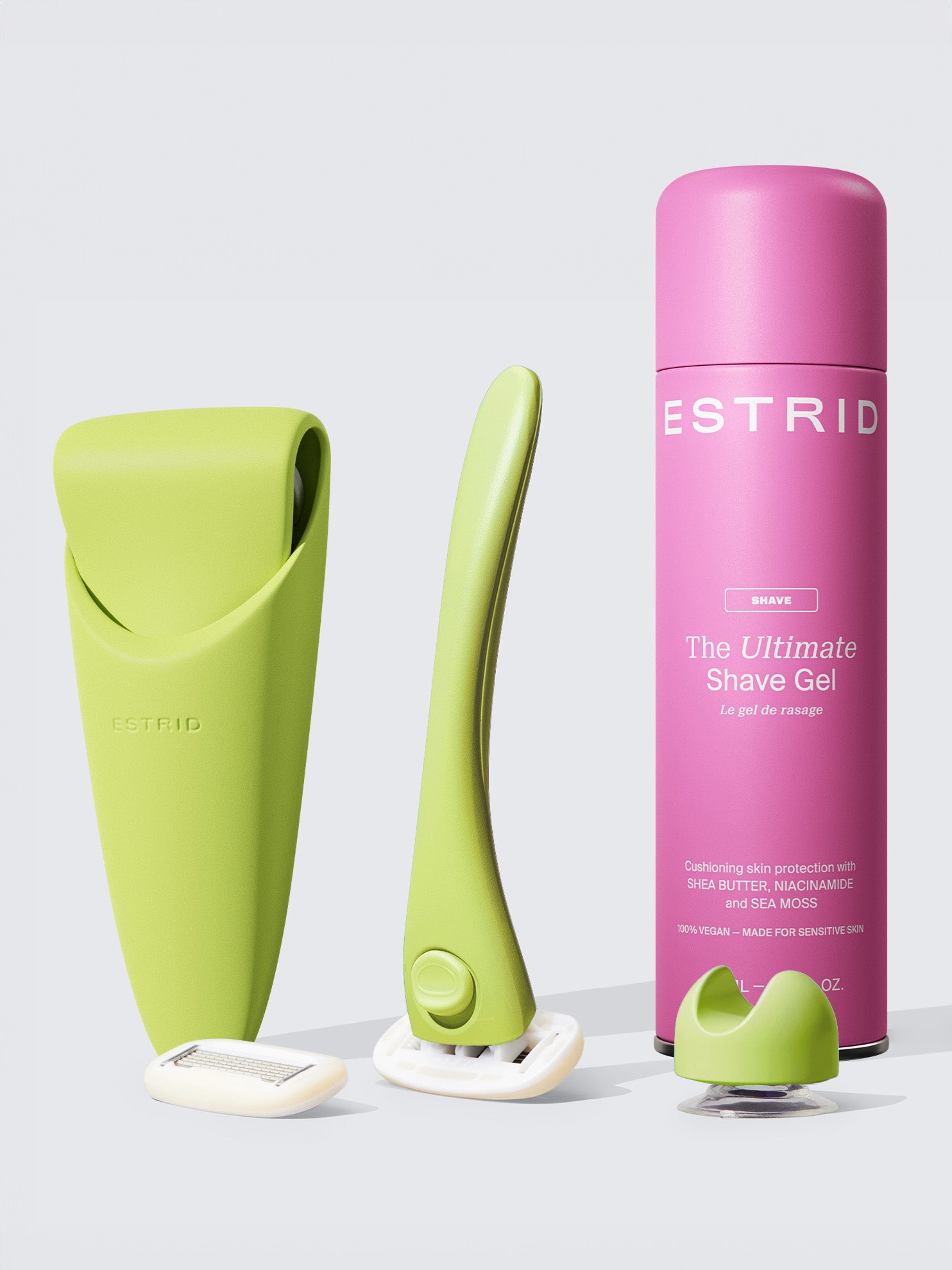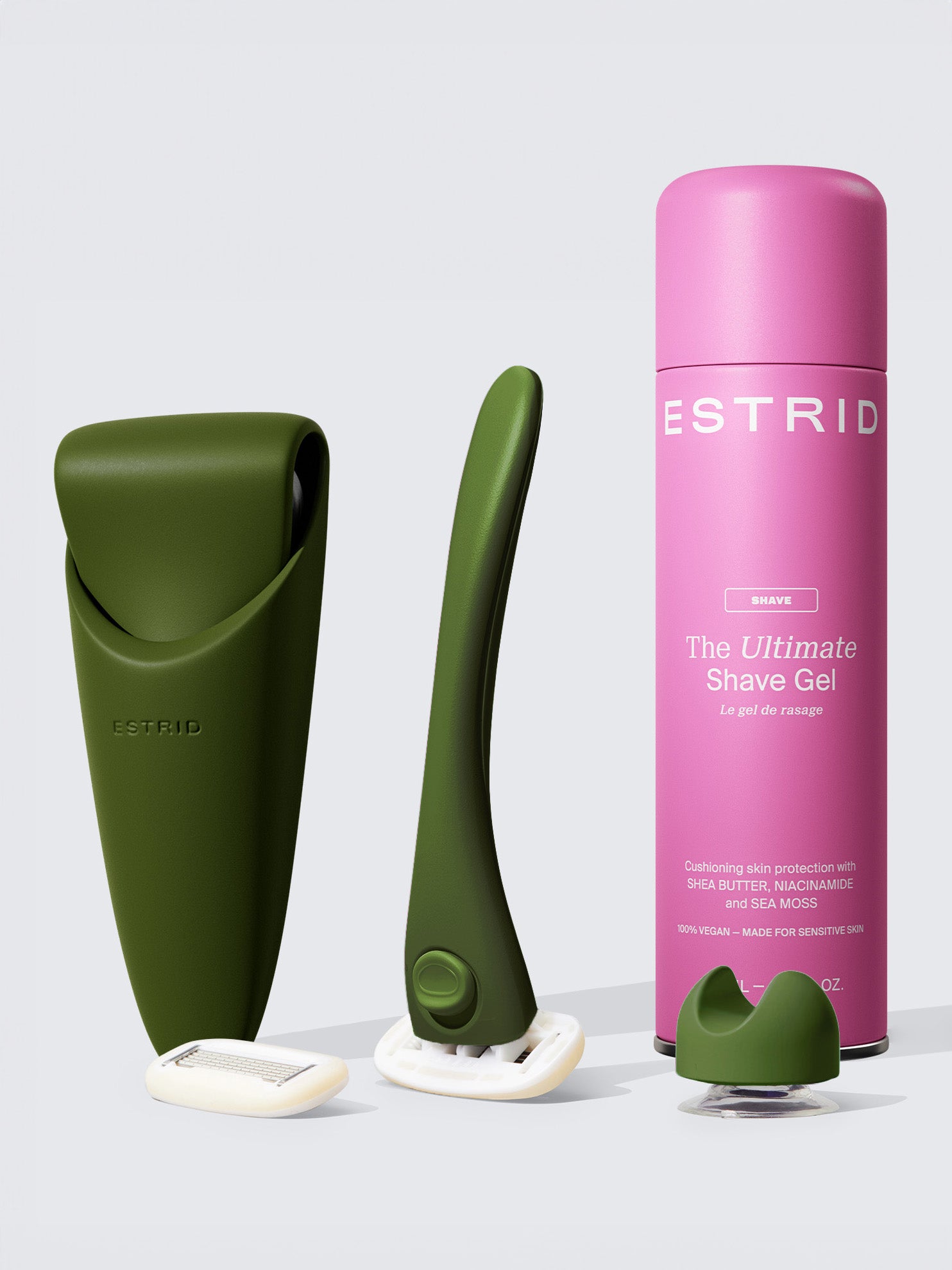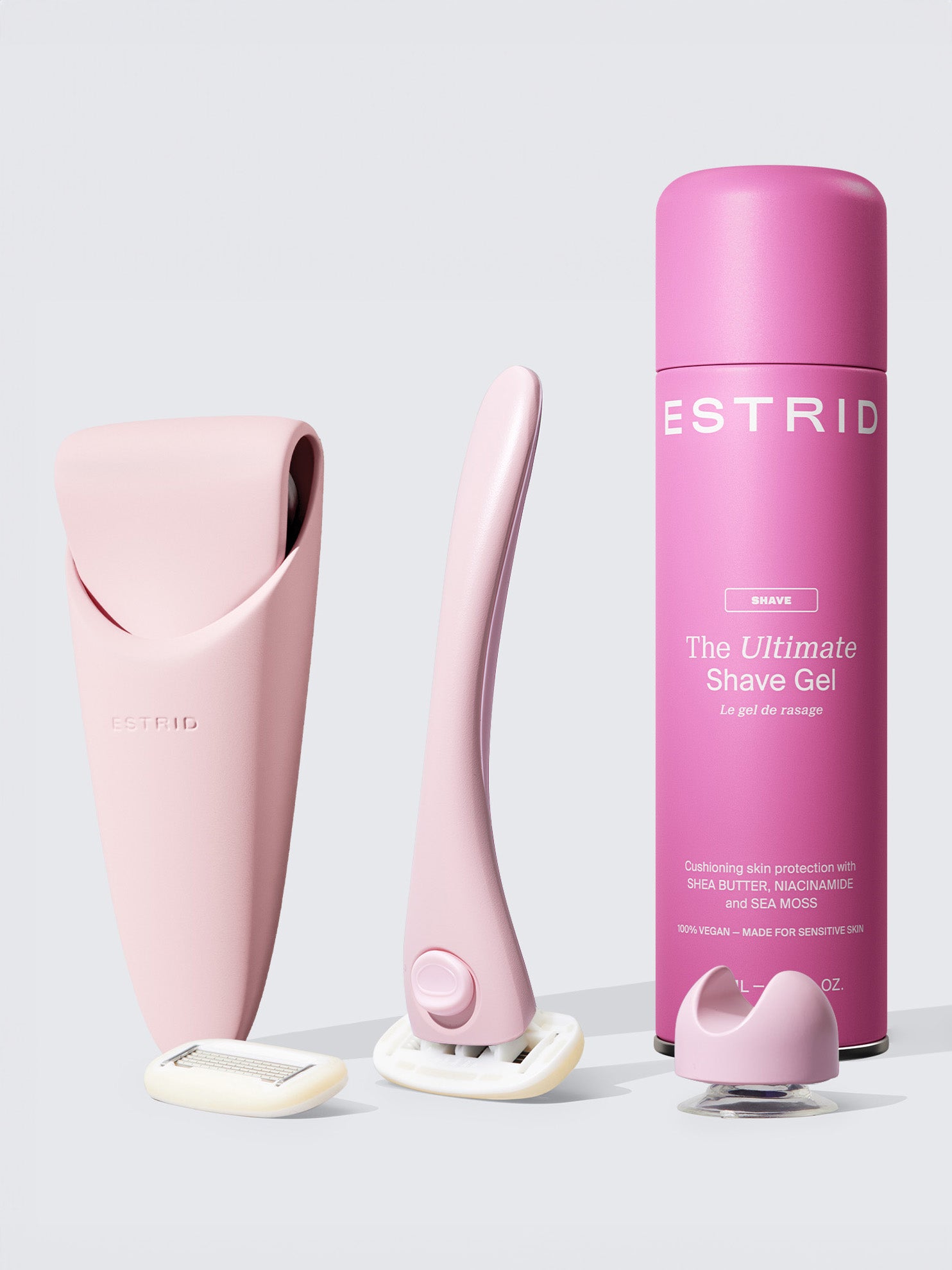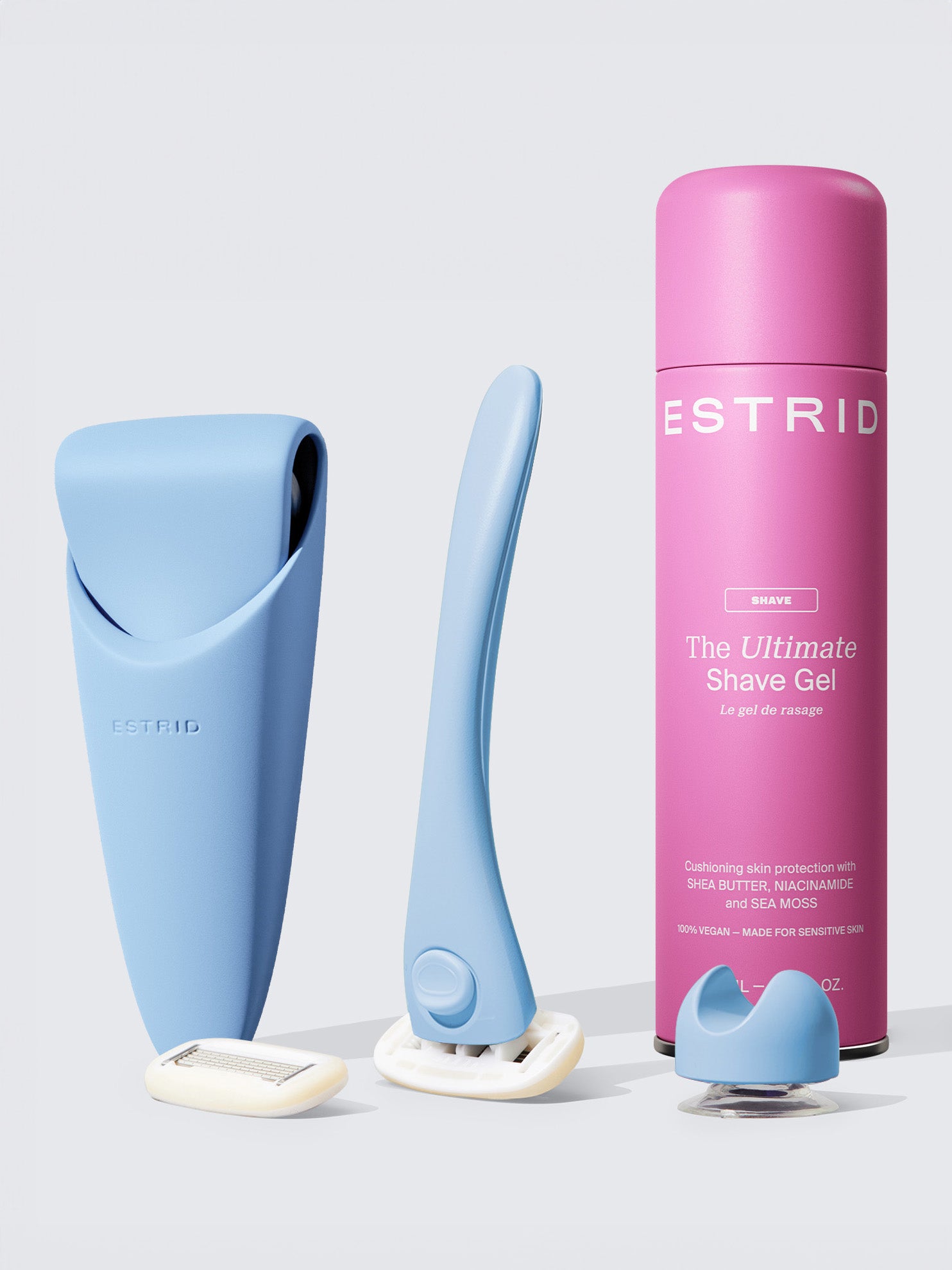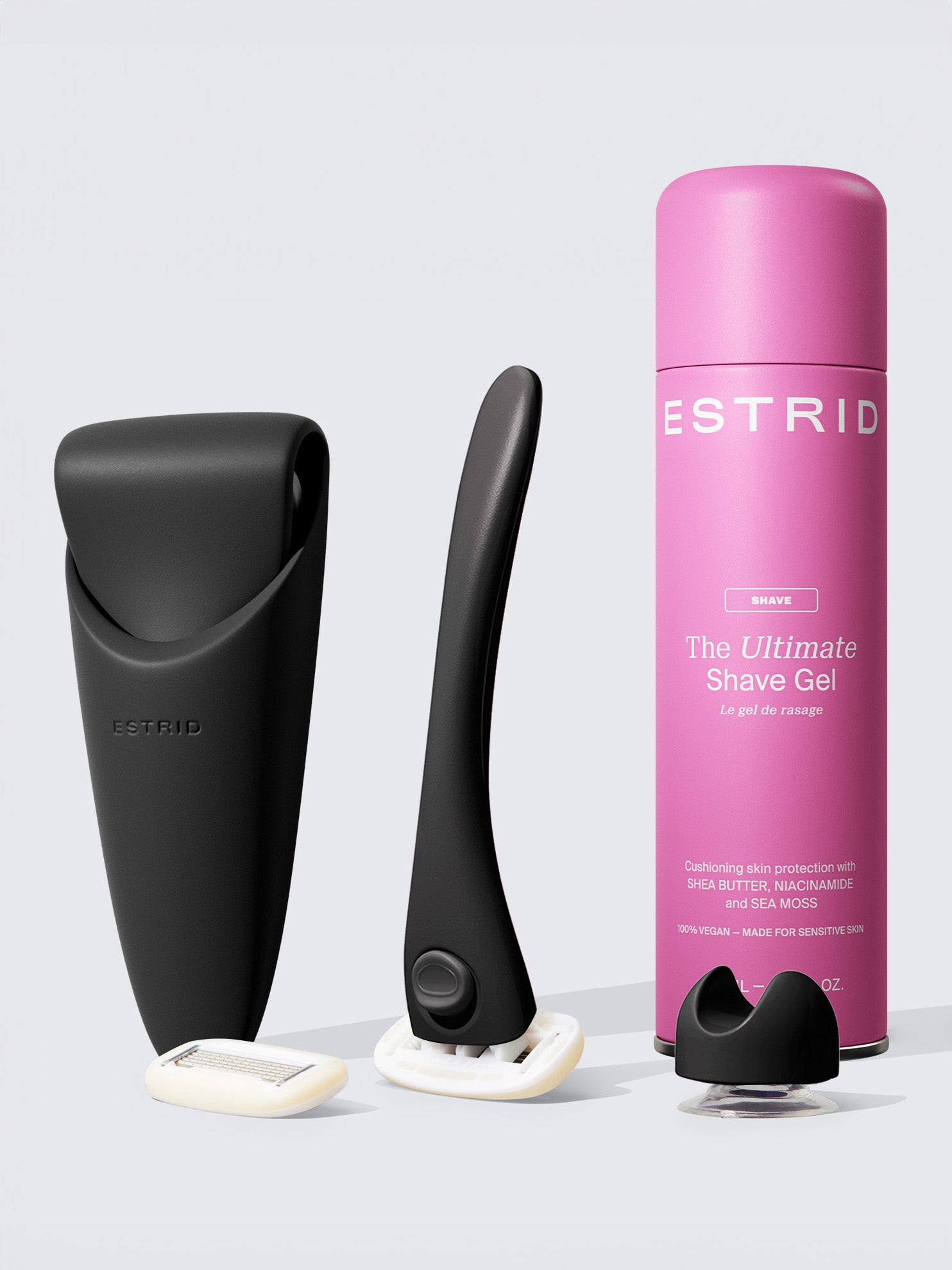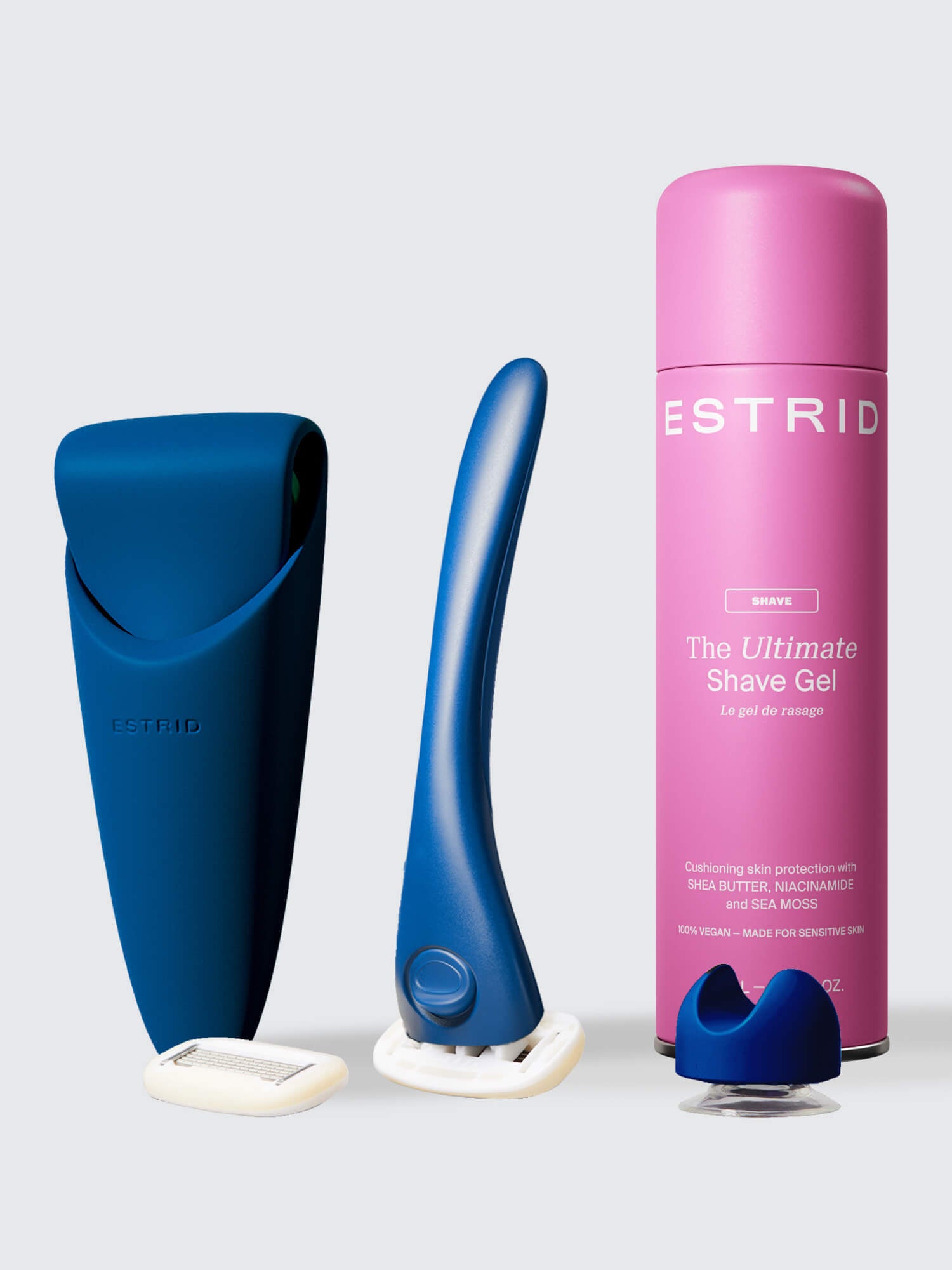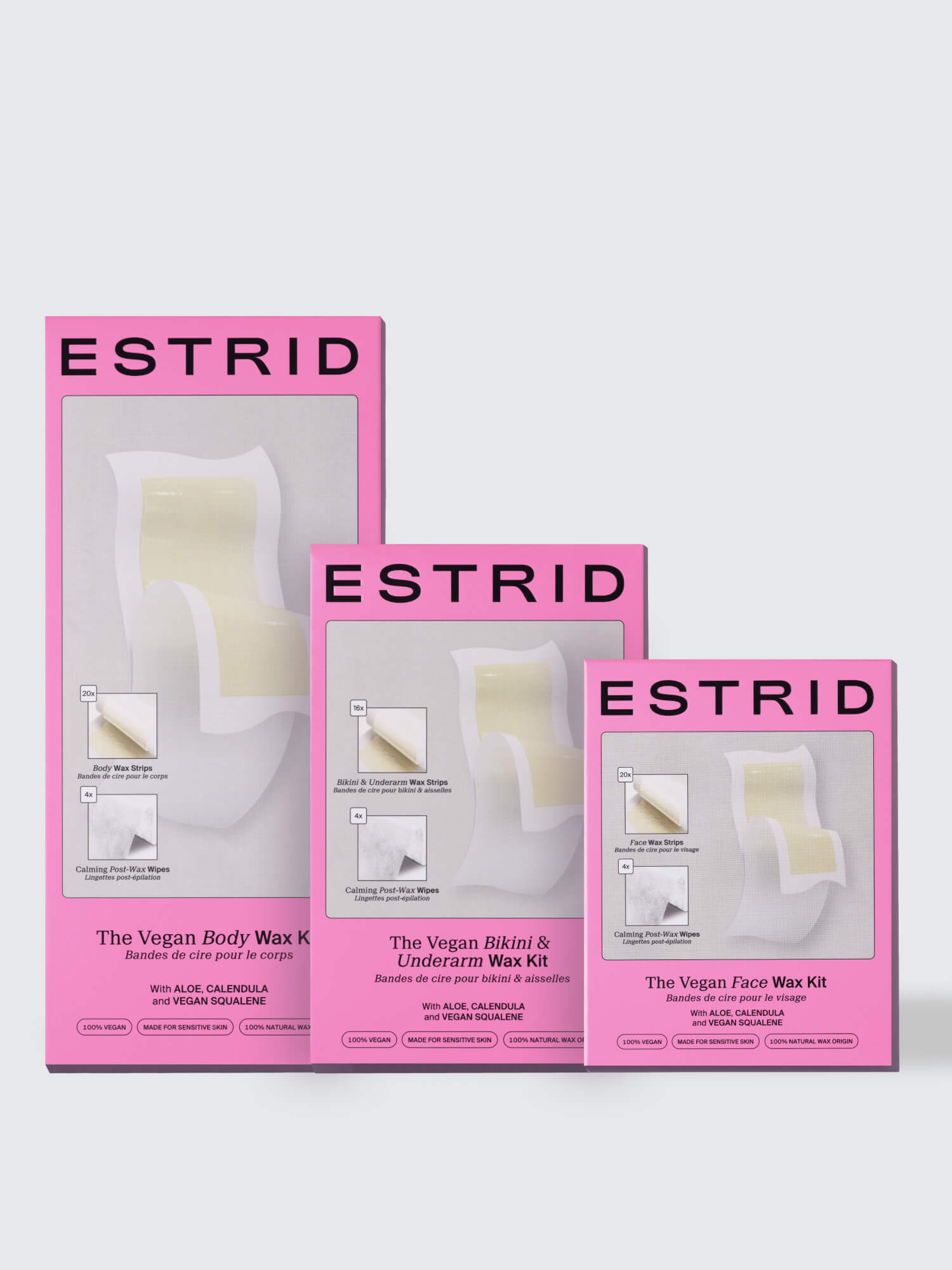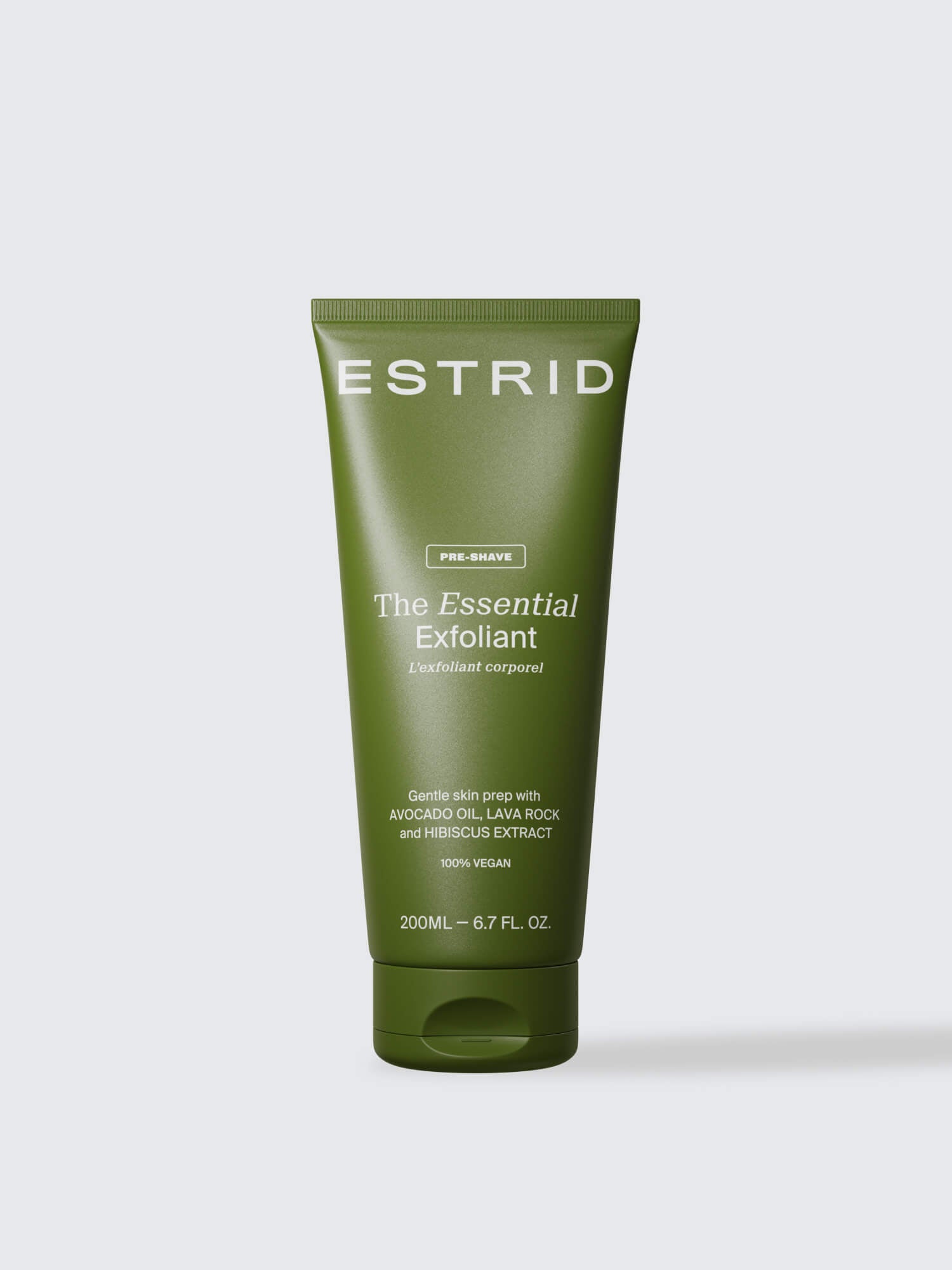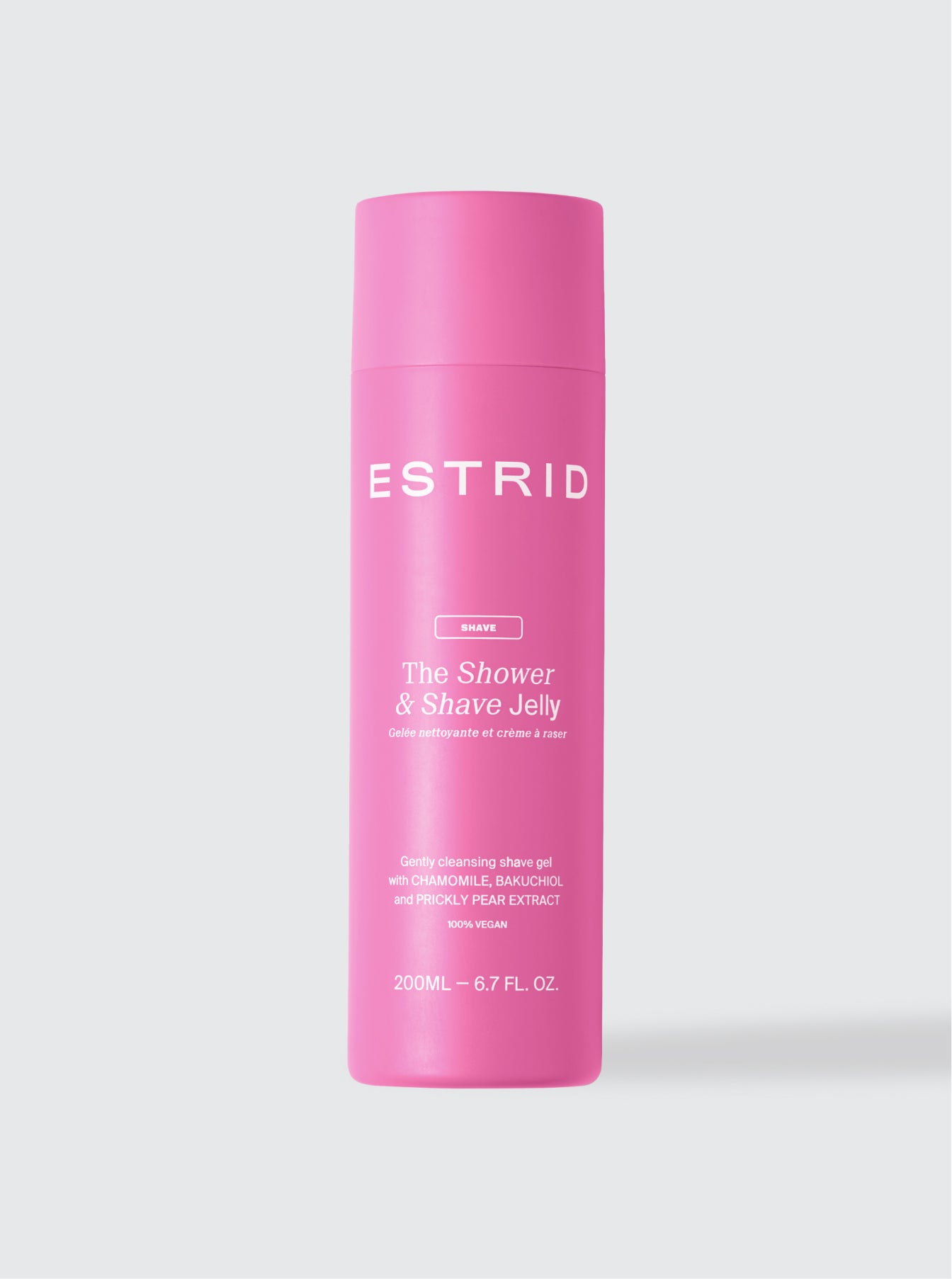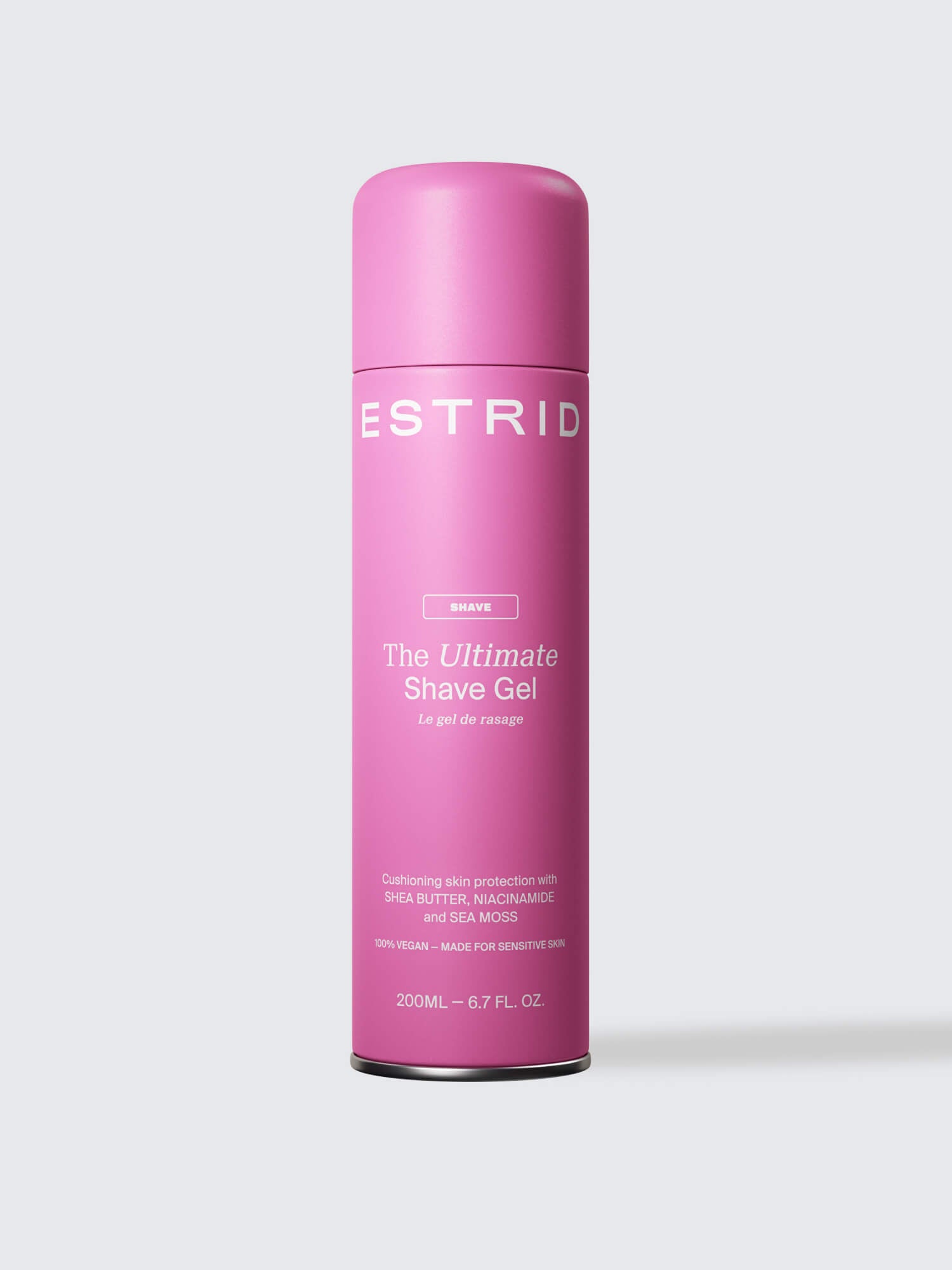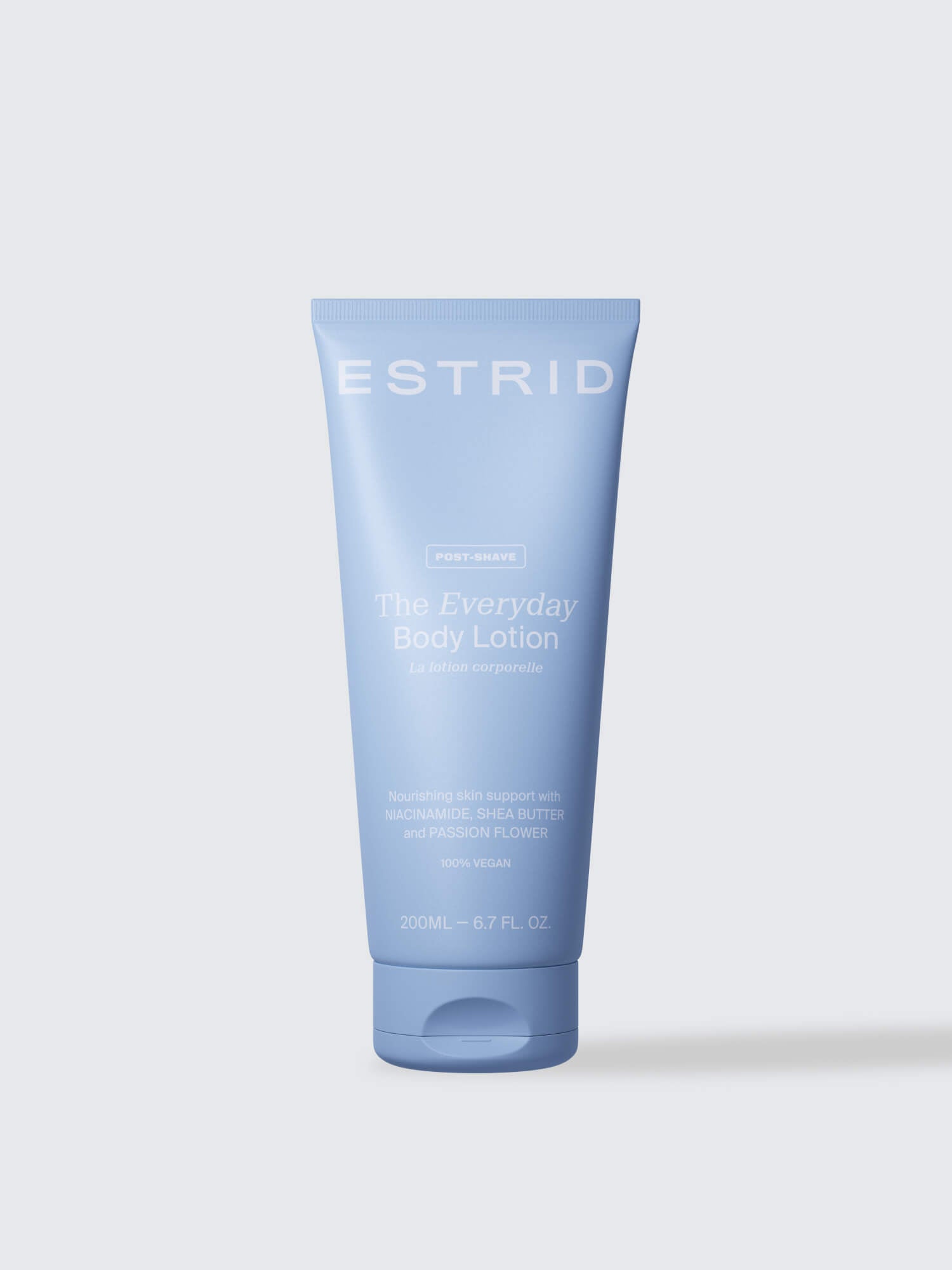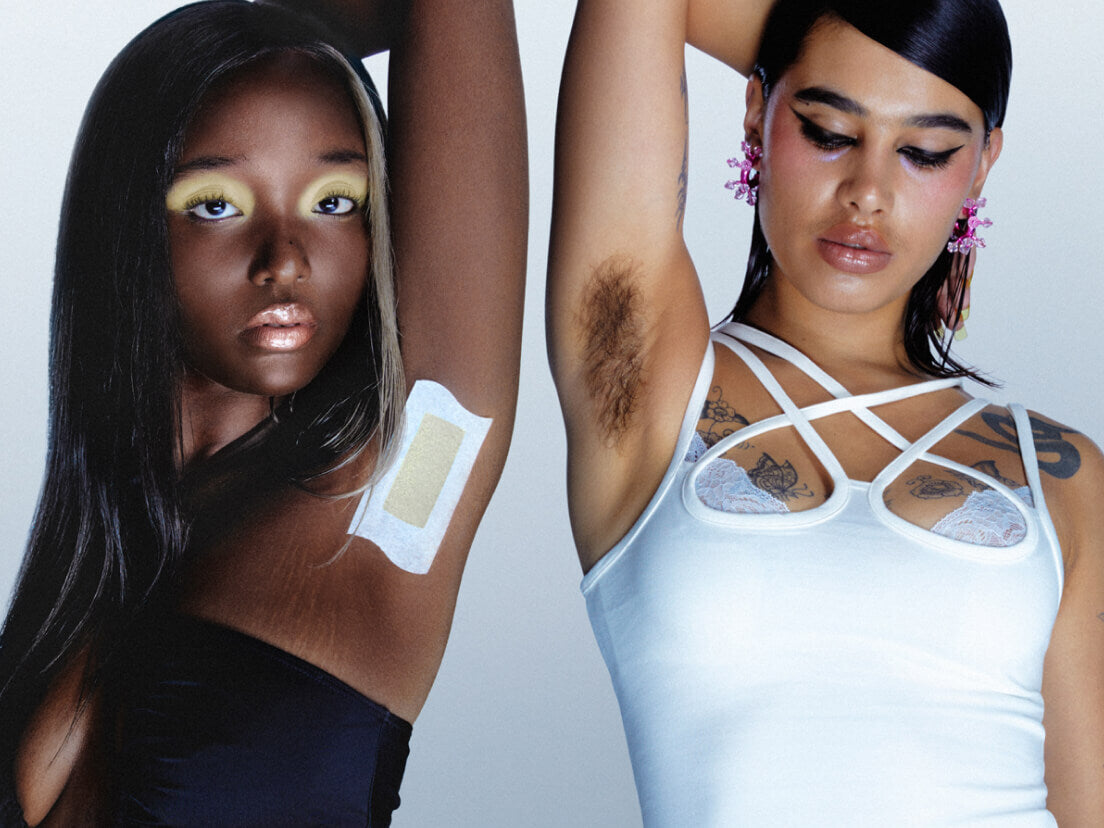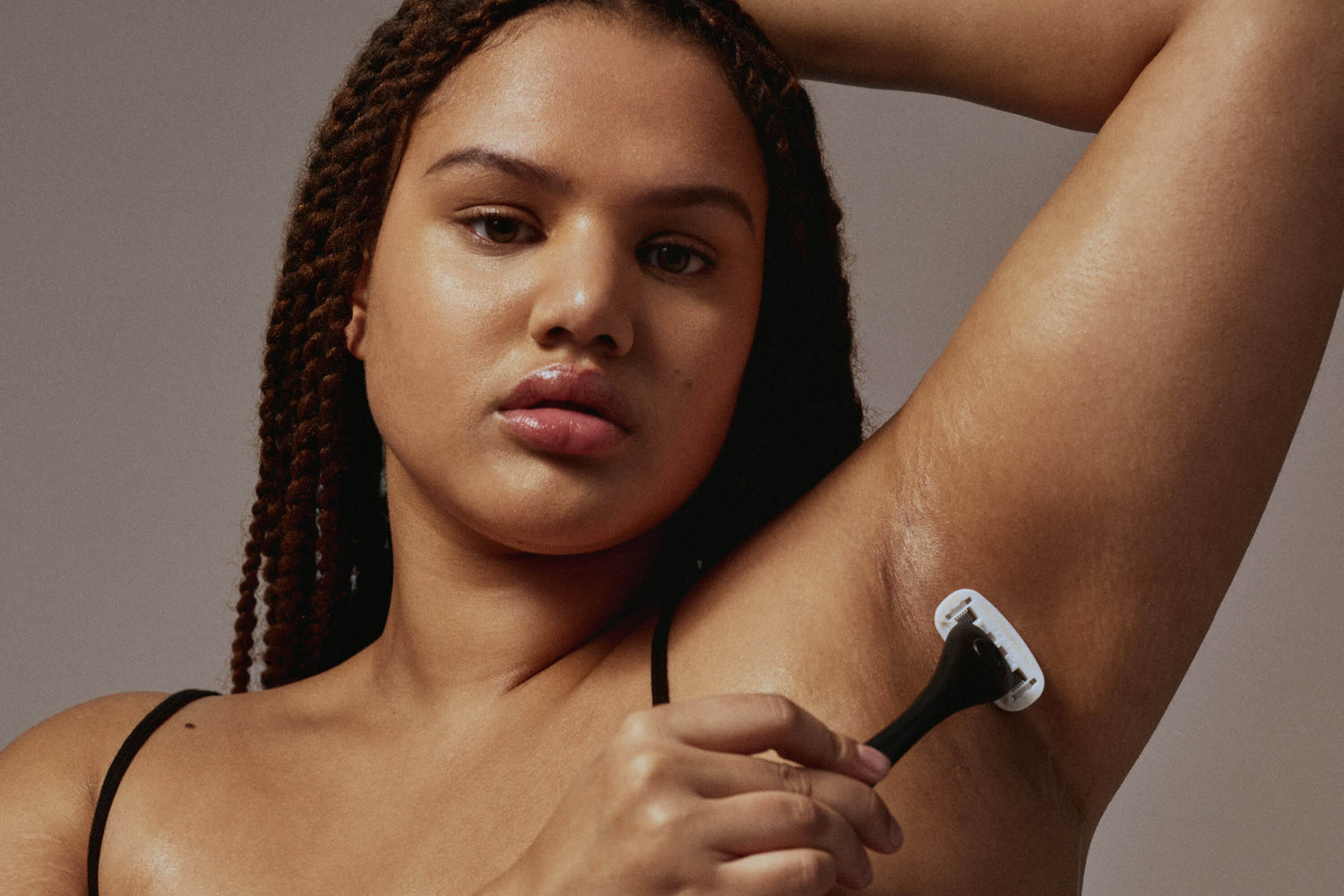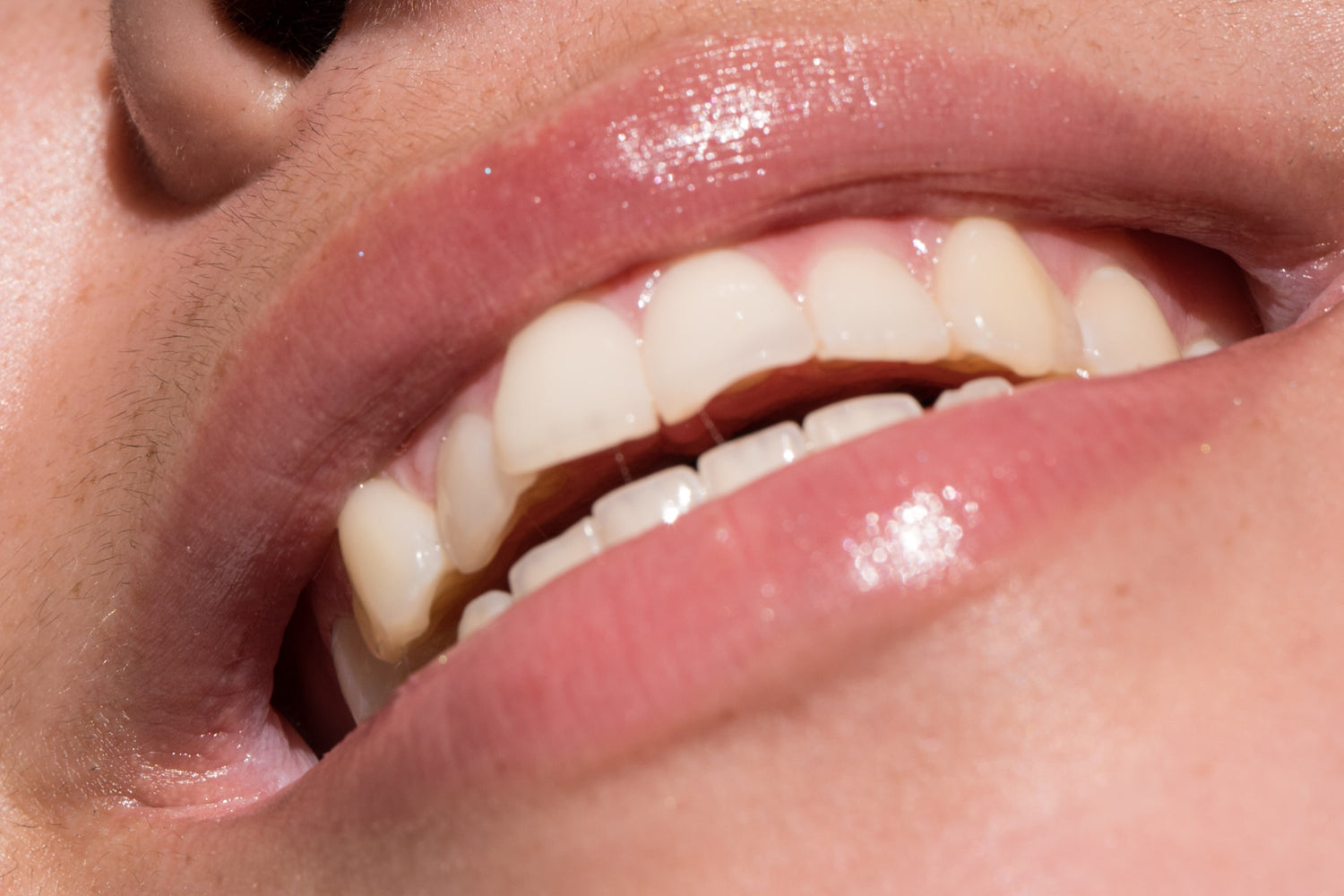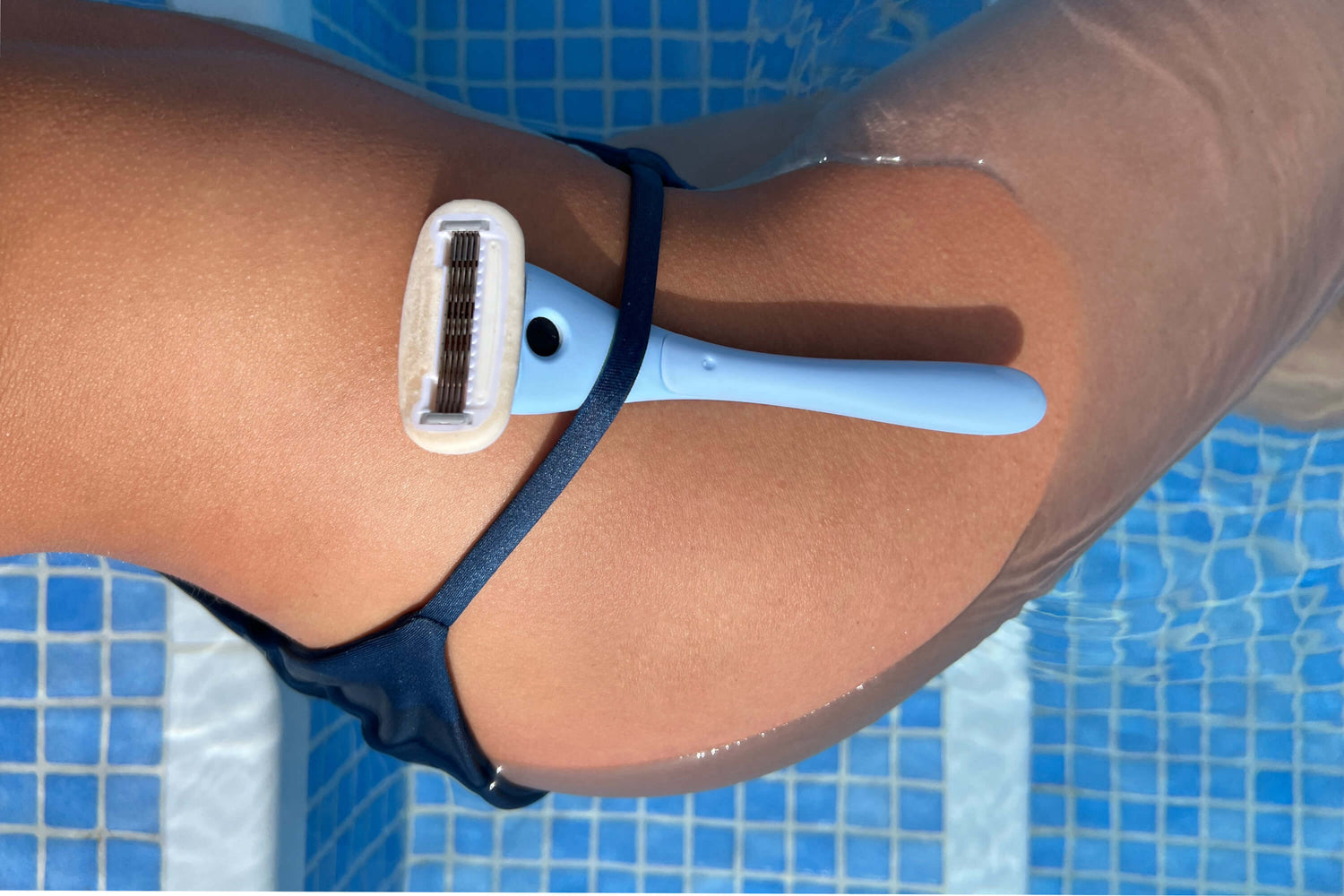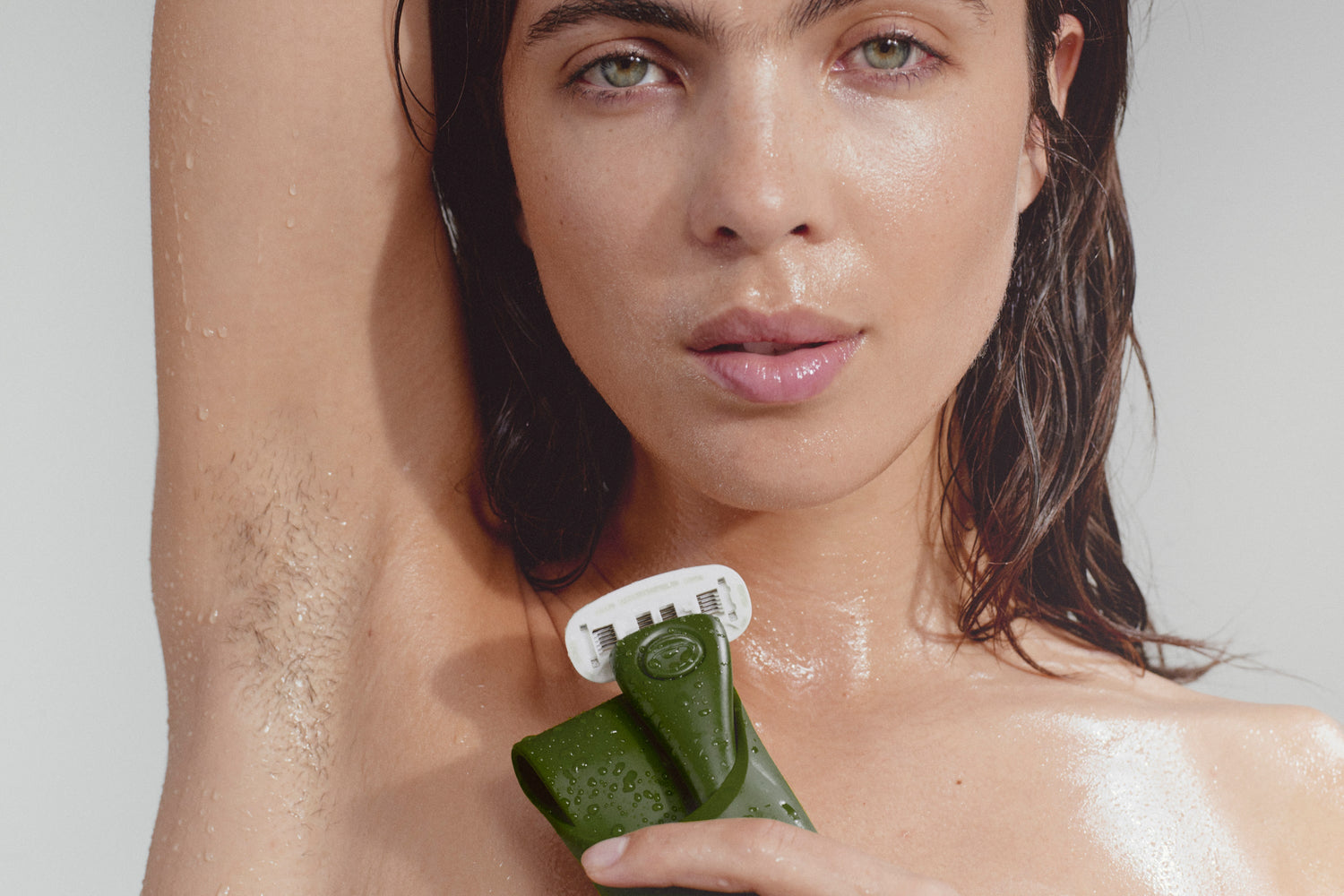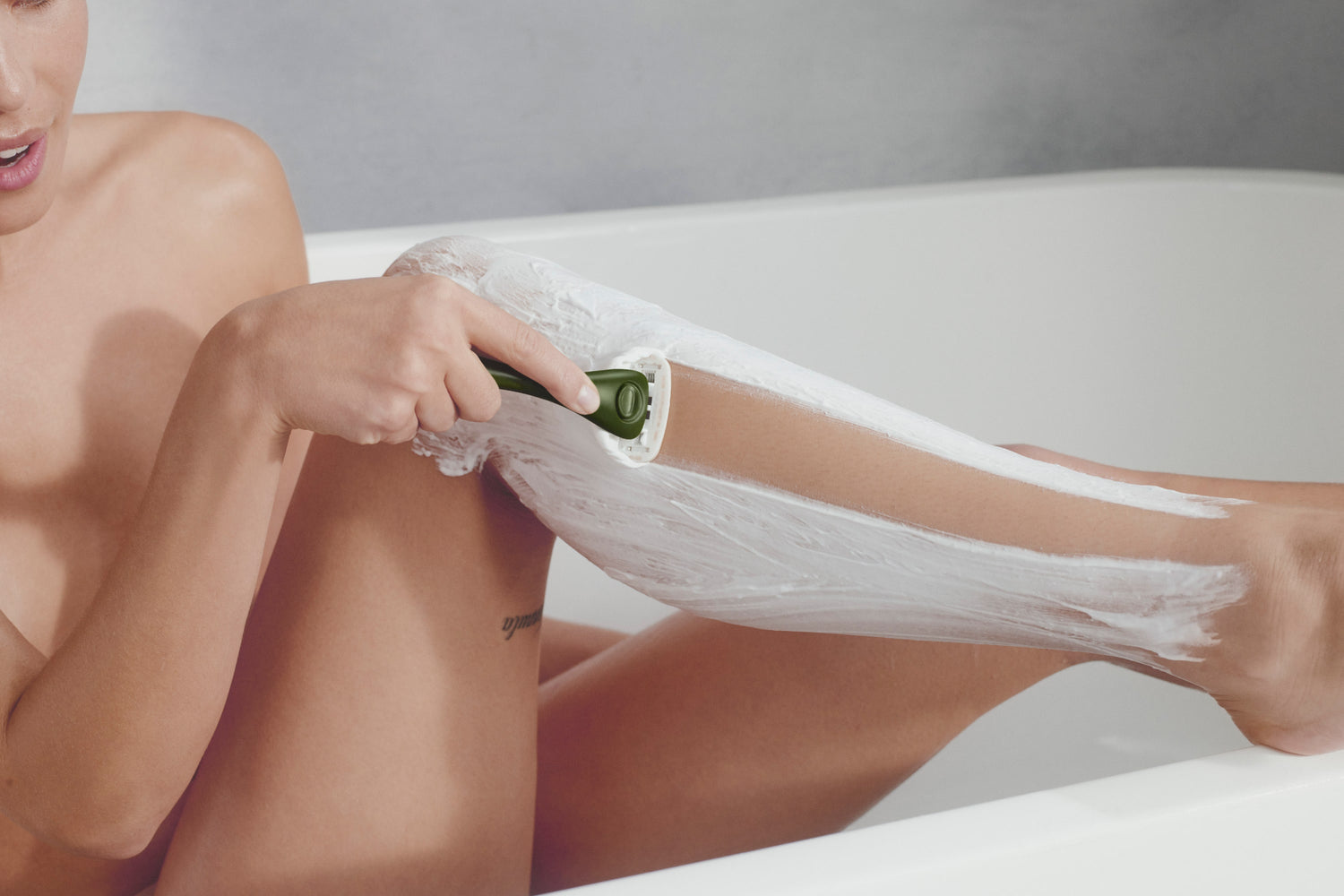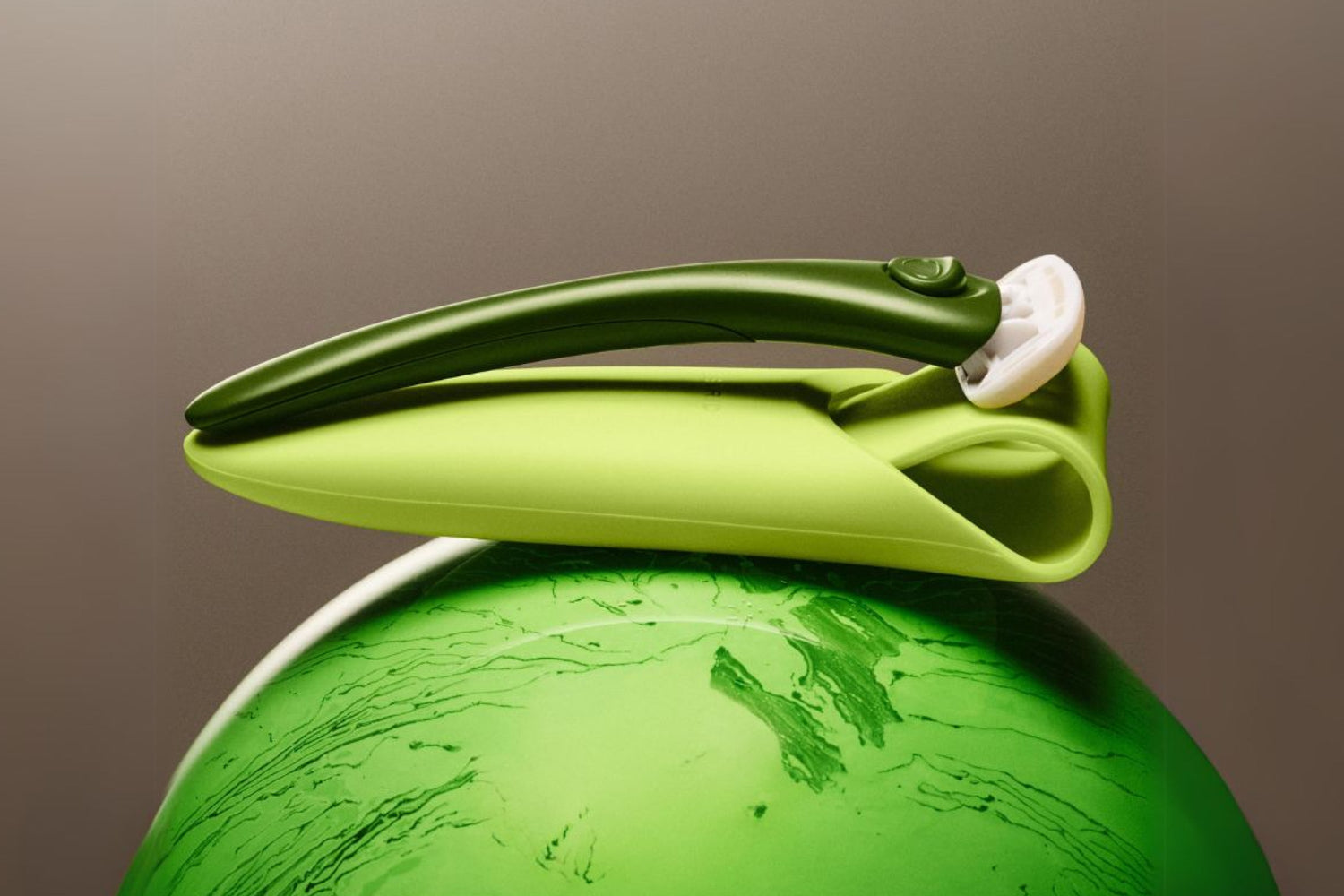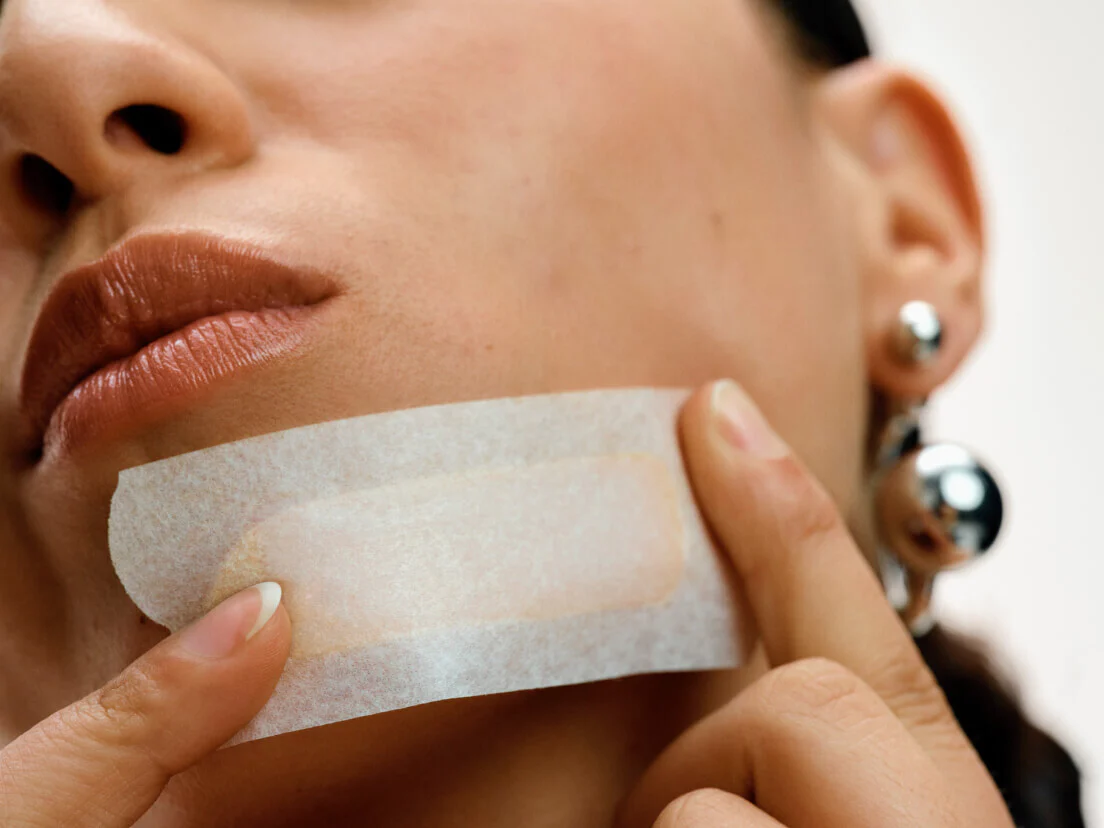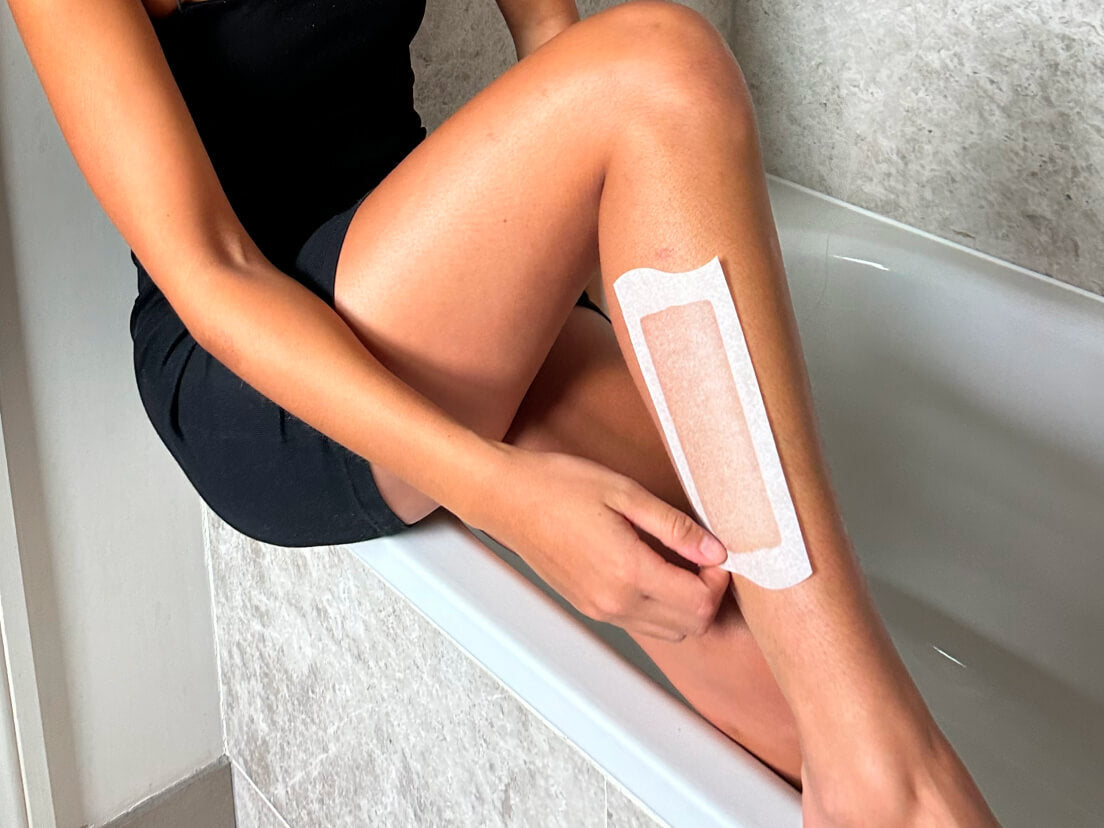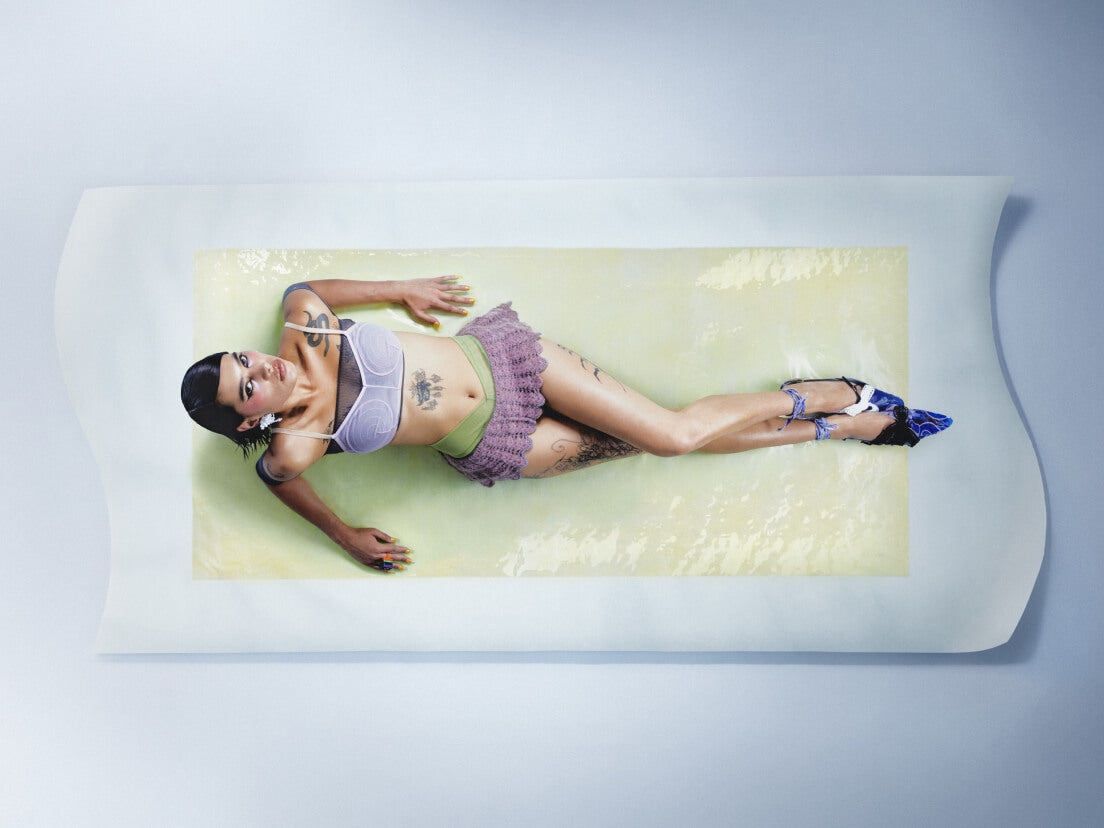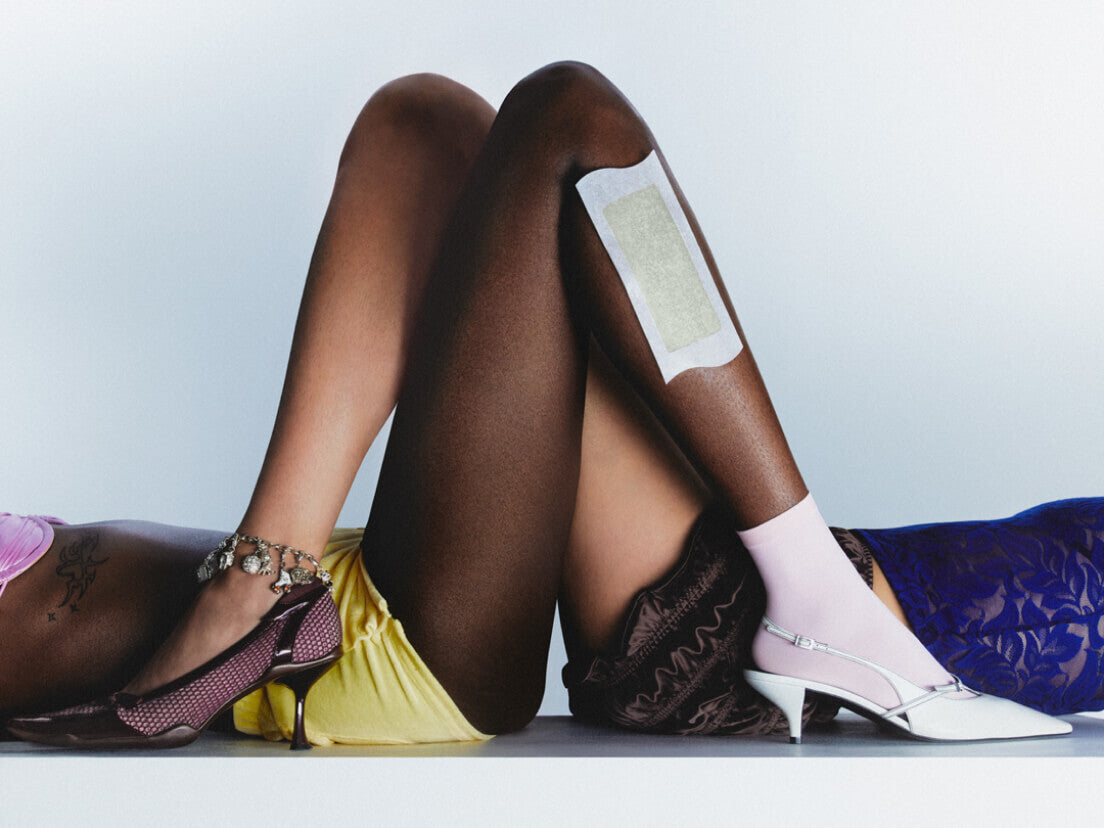Razor burns, bumps or shaving rashes on your legs are the uninvited guests that love to crash a party. Your party, that is. They will pop up moments before you climb into your Uber and won’t budge anytime soon. Yes, life can be complicated but thanks to these expert tips, shaving your legs no longer has to be a nightmare.
Like lightning, razor rash, bumps and burns strike when you least expect it and irritation sticks around for what feels like an eternity. As if that wasn’t bad enough, there’s also an army of tiny bumps that itch like crazy. Not cute, or comfortable. We’re sharing some of our finest tips and products that'll protect you from shaving rash and burn on your legs indefinitely.
What are razor bumps?
Whether you call them razor bumps, shaving rash, razor spots, or the work of the devil– we can all agree that those bumps aren’t part of the glossy skin plan. But aside from annoying, what are they really? Razor bumps are ingrown hairs caused by skin irritation. They develop when your hair starts to grow back, but the hair curls inward instead of up and out. On top of that, new skin cells grow over the hair which traps it causing a bump to form. Eeek.
How long do razor bumps last? Will they go away?
Nothing lasts forever. Not even razor bumps. Ingrown hair usually goes away within a few days if you let your delicate area breathe for a bit. The duration of a shaving rash can vary depending on factors such as the severity of the rash, skin sensitivity, and care provided. Mild shaving rashes may resolve within a few hours to a few days, while more severe rashes may take longer to heal. There’s no magic spell to remove those irritating, itchy bumps but you can however speed up the process. Lay off your razor for a while, use a gentle exfoliator, Essential Exfoliant (if the area isn’t too sensitive) and make sure to keep your vjj well moisturised to quicken the healing process.

How to prevent razor bumps and shaving rash on your legs
Here’s a quick do’s and don’ts guide for smooth skin. Razor burn on your legs, with a little help from a friend (that’s us), could soon be over. Avoid these, and you can tiptoe around with bump-free and silky-smooth skin.
- Dry shaving - it’s a no from us…Add a layer of shaving gel like our Ultimate Shave Gel or similar for protection between your skin and the Razor Blade.
- Applying too much pressure - pressing too hard can cause friction and skin sensitivity.
- Using a rusty or blunt razor - when it’s dull, it cuts and irritates the skin. Fresh Razor Blades only.
- Shaving against the grain and upwards - this will result in the closet shave because the hair gets cut very close to the skin. But does come with a little more of a razor burn and ingrown hair risk. The reason why? As you shave against the hair, you pull the hair back on itself increasing the chance of razor bumps and ingrown hairs.
- Finishing your shave with no moisturizer - Don’t ignore thirsty skin, top up your moisturiser after every shave.
7 ways to get rid of razor bumps and razor burn on your legs
Think it’s too late? No need to stress. We’ll walk you through our complete guide to getting rid of razor burns, rashes, and bumps. Your skin will be back to its old self (just glowier) in no time with a little help from Estrid’s body care range.
Step 1: Cool the skin
Step 2: Give your skin a razor rest
Step 3: Keep the area clean
Step 4: Lose the tight clothing
Step 5: Exfoliate, it’s never too late
Step 6: Don’t forget to moisturize
Step 7: Switch your blades
Step 1: Cool the skin
After shaving, it’s best to rinse the affected area with cool water to soothe the skin and reduce inflammation. Hot water has the tendency to irritate the skin further. If you’re feeling a little indulgent, treat yourself to a cooling compress for on-the-spot relief. That really will set up your big night in, shaving ritual nicely.
Step 2: Give your skin a razor rest
Lay your hands off the razor for a few days and give your skin some space. If you must shave, use a clean, sharp razor and follow proper shaving techniques to minimize the risk of further irritation.
Step 3: Keep the area clean
Shaving can strip the skin of its natural oils, so cleanse in a gentle way. Lather it up with our nourishing Ultimate Shave Gel.
Step 4: Lose the tight clothing
Ditch the itch by opting for natural fabrics, like linen or cotton, that’ll help your razor burn to heal in no time. Your delicate skin needs a little time-out from tights, leggings, and scratchy synthetics.
Step 5: Exfoliate, it’s never too late
Well, ideally you do this the day before you shave. This really will help avoid pesky ingrown hair. Gently exfoliate a couple of times a week with our Essential Exfoliant.
Step 6: Don’t forget to moisturize
When your legs are dry, apply a generous layer of our Everyday Body Lotion to nourish even the most sensitive skin.
Step 7: Switch your blades
Let’s not forget the importance of changing your razor blades regularly. In order to get smooth results, you’ll need to keep your razor super sharp. We recommend you change your razor head every 5-7 uses.

What does a shaving rash look like?
Shaving rash can manifest itself in a couple of ways, for example, redness, bumps or pimples, a burning or stinging sensation, itching, or dry and flaky skin in the affected area. It's important to remember that shaving rash can vary from person to person and the intensity of the razor burn.
Why am I suddenly getting a shaving rash?
Experiencing sudden shaving rash can be frustrating, but there are several common causes that may be contributing to this issue. Here are some possible reasons why you may be suddenly getting shaving rash:
Change in shaving routine
Changing your shaving routine by using a new shaving gel, razor, or technique can have an impact on razor burn. However most likely it is the fact you are using a dull blade, applying too much pressure while shaving, or going against the direction of the hair. Always opt for a sharp blade, we recommend switching them over every 5-7 uses, shaving in the direction of hair growth, and using a moisturising shaving gel something like our Ultimate Shave Gel.
Skin sensitivity
If you have sensitive skin, changes in your shaving routine can trigger a shaving rash. Weather changes, stress levels, or hormonal fluctuations can also affect skin sensitivity and increase the chances of shaving rash. Choose products formulated for sensitive skin, such as hypoallergenic formulations, try to manage stress as much as possible, and speak to a dermatologist if your skin persists to flare up.
Skipping the pre- and post-shave skincare routine
A super skincare routine is our love letter to maintaining happy, razor-rash-free skin. Don’t skip on the exfoliation, double up on moisturisation, and lay off the harsh skincare products as they can irritate the skin, making it more susceptible to developing a rash.
We really hope you love our guide to a smooth shaving situationship and learning lots about building optimal shave care rituals.
